With an intriguing history that dates back to Roman times, spectacular landscapes and exceptional architecture, you can’t help but fall in love with Aragon. Situated off the beaten track in the heavenly north east of Spain, this region combines discovery, exploration and adventure – our perfect ingredients for a family holiday. There’s no shortage of things to do either. Whether it be visiting the most well preserved castle in Europe, observing staggering rock formations that overshadow the trees or exploring an extraordinary natural park that surprises you at every turn.
Situated between Barcelona and Madrid, Aragon is surprisingly accessible. Flights from Stansted to Zaragoza take just two hours and 15 minutes. If you have more time on your hands, you could even sail to Bilbao or Santander and drive from there. This remarkable region is made up of three diverse provinces. Huesca is nestled in the foothills of the Pyrenees, its breathtaking scenery ideal for walkers, climbers and adventurers. Along with skiers in the winter months. The Zaragoza province is loaded with UNESCO heritage sights and also home to Aragon’s capital city. Further south is Teruel which combines Mudéjar style architecture with gothic-style buildings and pretty medieval villages.
A group of us spent a few days in Aragon with the Spanish Tourist Board and BritMums to discover more about the region and the three main provinces. Here’s our pick of the top 10 family friendly things to do in Aragon.
Learn about the solar system in 4D
Become an astronaut at the Planetarium Huesca Espacio 0.42 and discover the solar system in their 4D simulator. Taking you on a journey through space, you can learn about the universe and the characteristics of each of our planets. This astronomy centre also has an observatory where you can see real-time images of the sun, moon and planets through giant telescopes. Given POD’s slight obsession with telescopes at the Eiffel Tower recently, I know she would absolutely love this.
Entry to the planetarium (with access to the 4D simulator and observatory) is €7.50 for adults and €6 for children aged 5-15. Under 5’s go free.
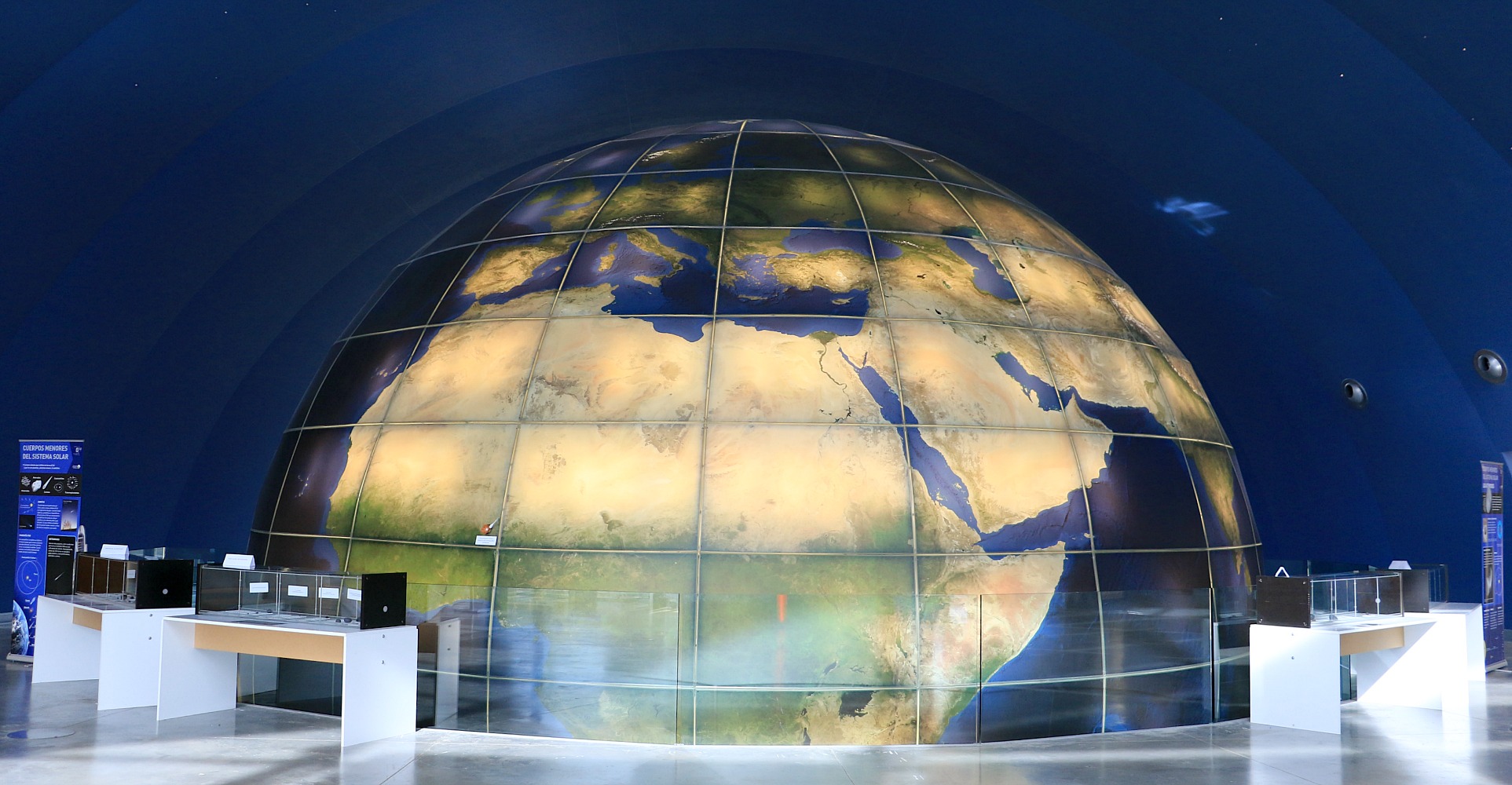 Stroll through the old town of Huesca
Stroll through the old town of Huesca
The pretty town of Huesca is the smallest of Aragon’s three provinces and compact enough to explore on foot. Cultural heritage is significant here so you’ll find influences from the romanesque, gothic, renaissance and baroque eras. The gothic-style cathedral, Abbey of San Pedro el Viejo, which is a former Benedictine monastery, and the Huesca Museum are all notable places of interest. That said its charming squares, fountains and colourful side streets also appeal. Huesca holds various events throughout the year, most notable is its film festival which takes place annually.
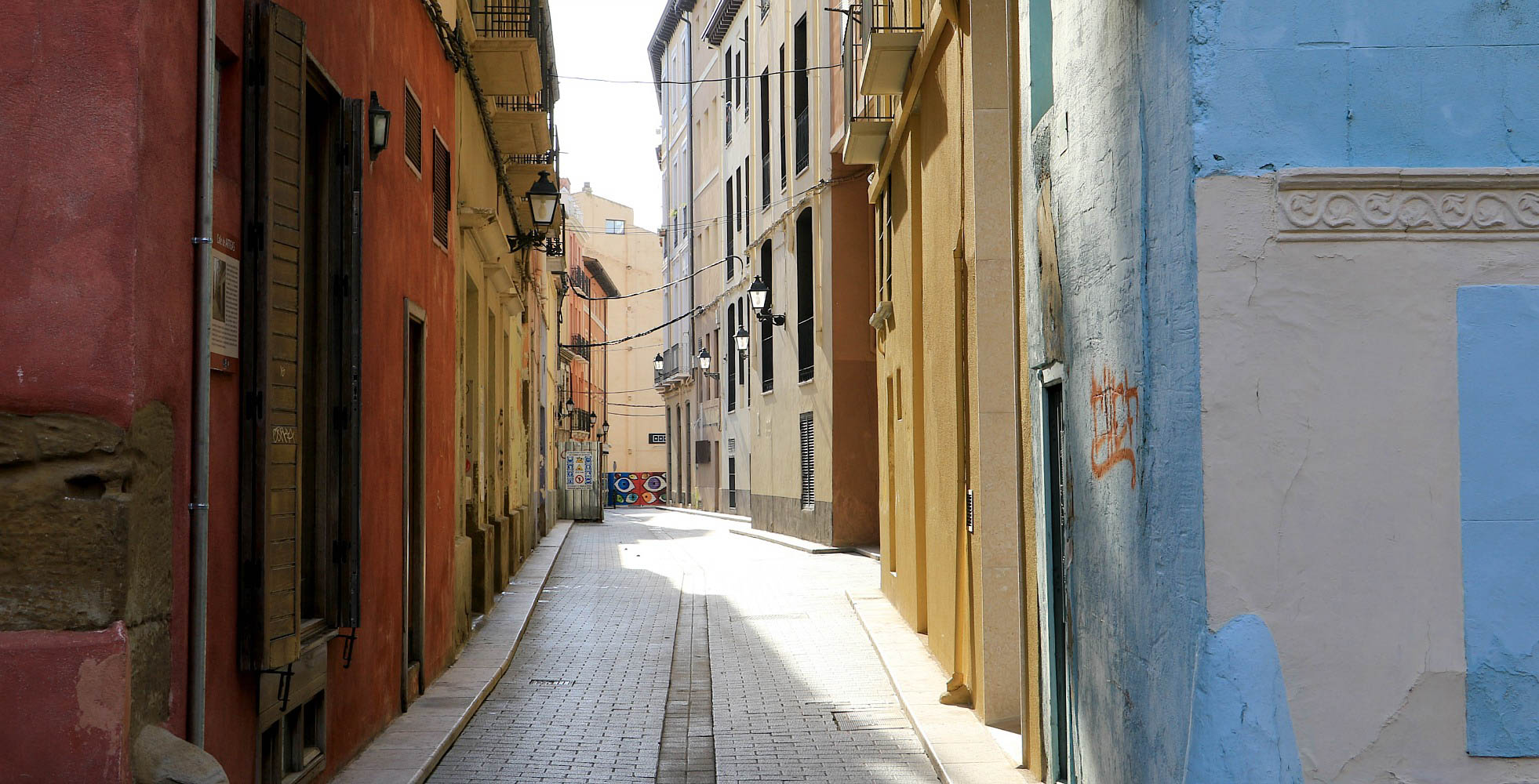 Explore the most well preserved castle in Europe
Explore the most well preserved castle in Europe
Situated half an hour’s drive from Huesca at the end of a beautiful winding road is the magnificent Loarre Castle. This Romanesque castle is one of the most well preserved in Europe, its elevated position providing the backdrop to films like Ridley Scott’s Kingdom of Heaven. Loarre Castle was built in the 11th century on Roman walls with its enclosure and towers built in the 13th century. As such there are corridors, tunnels, dungeons and chapels to discover with panoramic views stretching across the Huesca valley.
Entry is €4.50 for adults and €3 for children aged 6 to 16. Under 6’s free. Guided tours are available for an additional €1/€1.50 per person. Opening hours are 10am until 7pm in the spring/summer. In winter, Loarre Castle is open Tuesday to Sunday from 11am to 5.30pm.
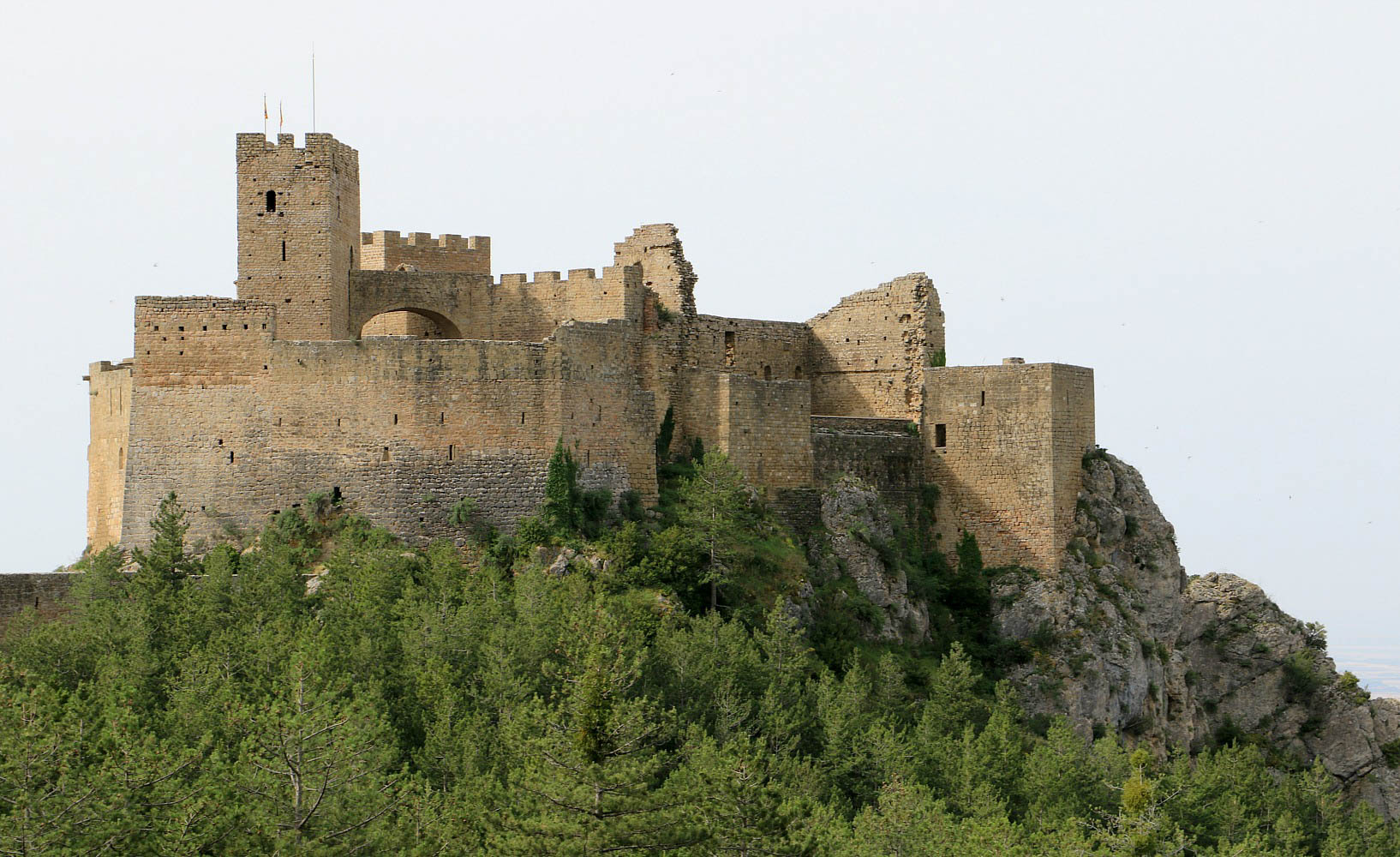 Hike the spectacular Mallos de Riglos
Hike the spectacular Mallos de Riglos
These terracotta coloured rocks are quite remarkable towering above the trees below. While the Mallos de Riglos rocks with their flat sides are popular for climbers, there are lots of hiking opportunities available with easier routes specifically designed for children. You can even take in the impressive views just ten minutes walk away from the car park if you don’t fancy walking far. Or stop at a lookout point if you’re on the move. The Centro de Interpretacion ARCAZ in Riglos is a great place to visit if you want to learn about and watch the vulture colonies in real time. It has impressive views of the Mallos de Riglos and with 3 floors there’s plenty to keep kids occupied.
The ARCAZ Interpretation Centre is open from June 16th to September 15th (Wednesday to Sunday) and in the holidays. Typical opening hours are 10am to 2pm and 3pm to 7.30pm. These vary at other times, and are all subject to change, so check their website before you arrive.
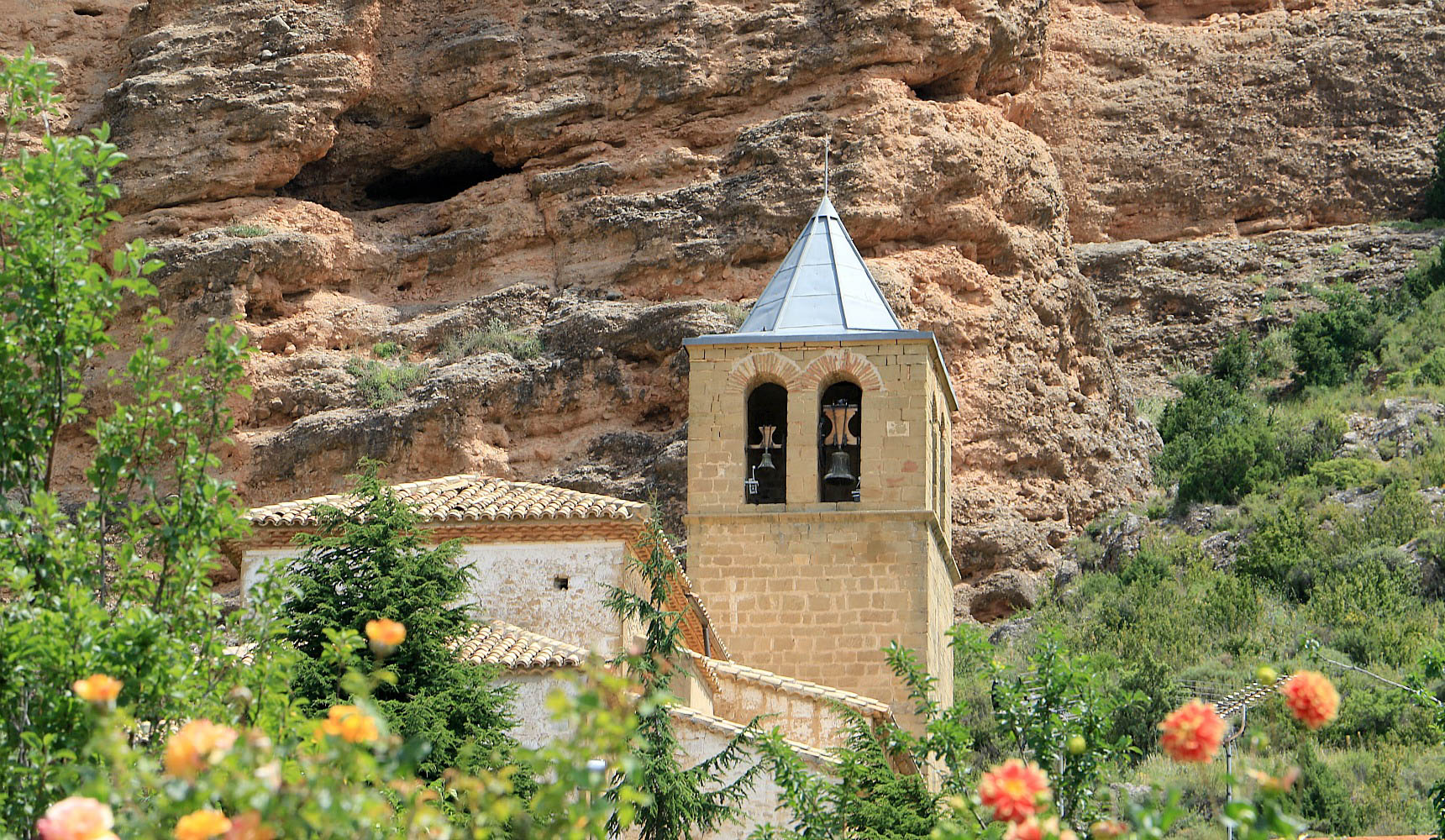 Experience white water rafting
Experience white water rafting
If you’ve had your fill of culture, why not opt for the thrill factor and try white water rafting? We had a brilliant afternoon navigating class 2, 3 and 4 rapids on the River Gallego which has views of Los Mallos de Riglos. Wetsuits, footwear and life jackets are provided and we had an excellent teacher who trained us well (kept us alive!). I made a little film of our white water rafting exploits so do check it out if you want to see how we go on. You can also check out our blog post. The route we took is suitable for children aged 10+, except the stage 4 rapid the minimum age for which is 14+. Children as young as 6 can have a go at white water rafting with activities taking place in a calmer part of the River Gallego.
Family white water rafting with UR Pirineos costs €38.50 for adults and €29.50 for children up to 14 (based on a group of less than 7). For groups of 7-14 people, the price is €35 for adults and €26.76 for children up to 14. Other packages are available too including a week of family activities.
Explore the Park of the Stone Monastery
Situated in Nuévalos by the River Piedra is the Monasterio de Piedra and its extraordinary natural park. With beautiful woodland paths, bridges, tunnels, caves, waterfalls and lagoons, this unforgettable gem surprises on every turn. The largest waterfall has a drop of around 50 metres into a lake below – there’s even a cave at the base of it. In the shade of the ancient trees, this is a truly remarkable landscape which really will blow you away. The walk takes around two hours to complete.
Entrance to the park which includes a visit to the Cistercian monastery (see below) is from €13.95 for adults and €9.90 for children. Open from 9am to 8pm April to November otherwise 9am to 6pm.
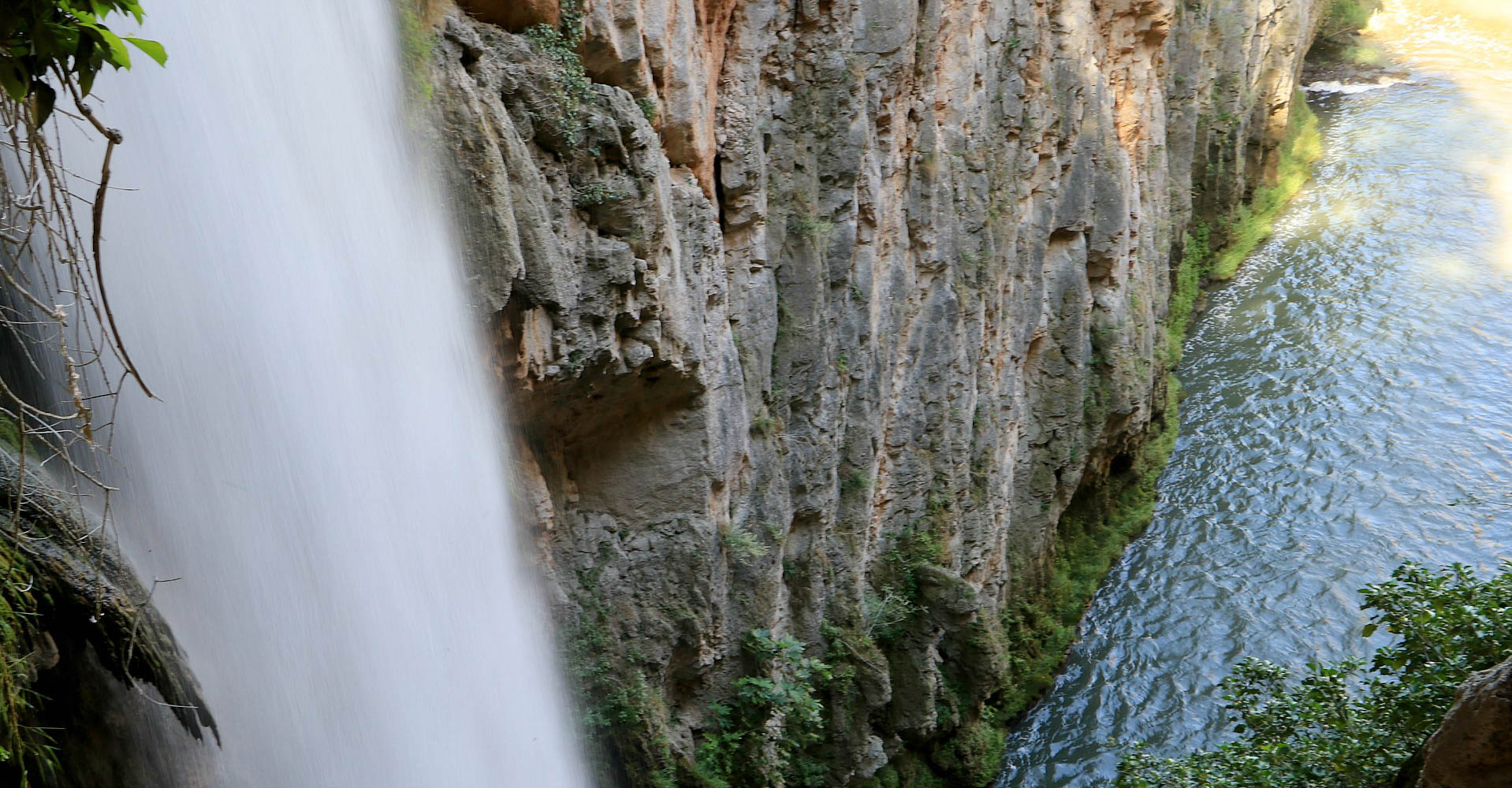 The park also has Birds of Prey shows on three times a day. These see falconry experts showcase an array of magnificent birds including eagles, vultures, hawks and owls. While we didn’t understand the Spanish commentary, it really doesn’t matter. We were too busy watching the birds fly from post to post, catching prey and swooping literally just above our heads!
The park also has Birds of Prey shows on three times a day. These see falconry experts showcase an array of magnificent birds including eagles, vultures, hawks and owls. While we didn’t understand the Spanish commentary, it really doesn’t matter. We were too busy watching the birds fly from post to post, catching prey and swooping literally just above our heads!
Birds of Prey shows take place in the Monasterio de Piedra park three times a day from March to October. These vary depending on the season but typically 11.30am, 1pm and 4.30pm or 5.30pm.
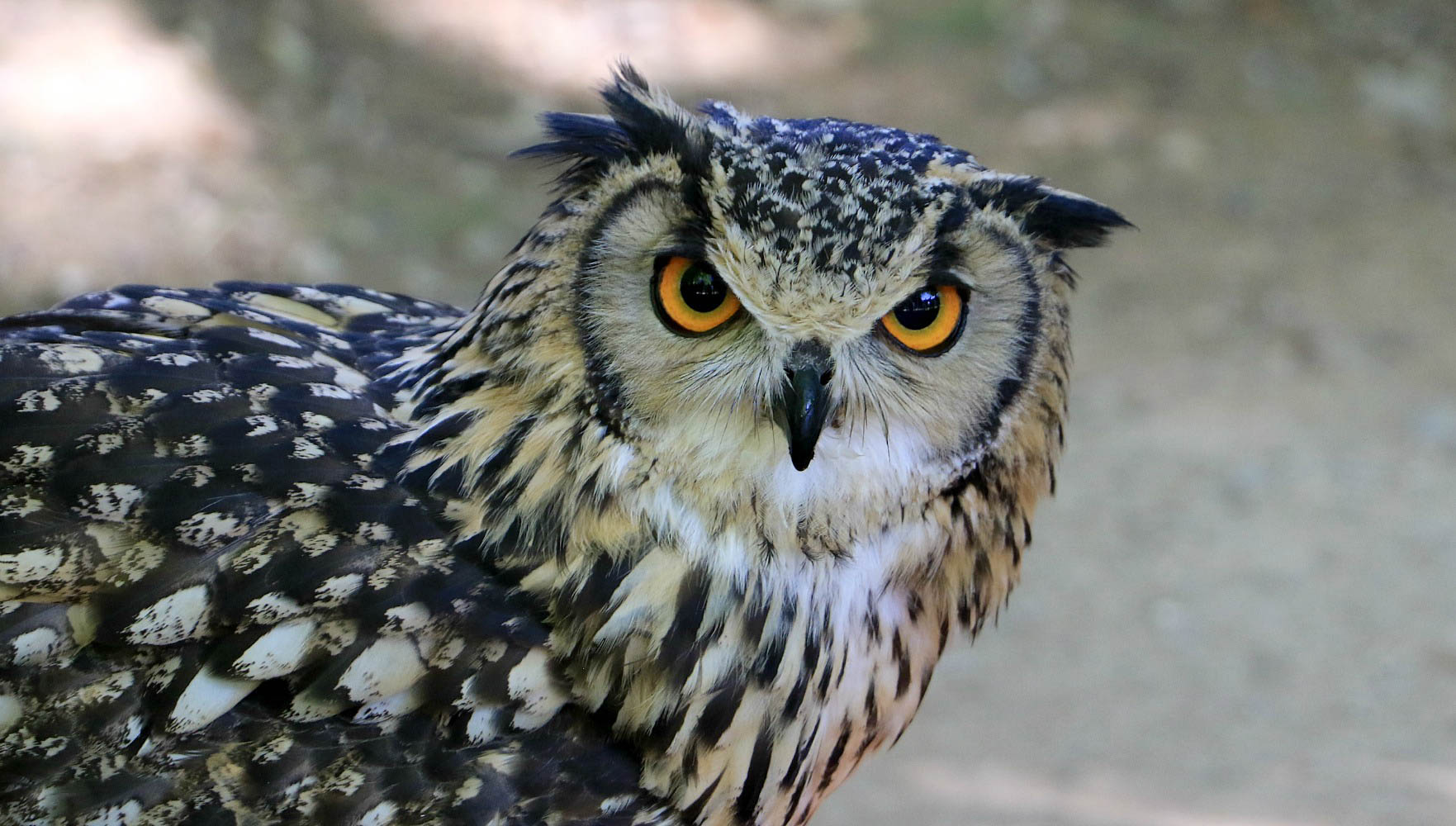 Discover the cistern monastery
Discover the cistern monastery
The 13th century cistern monastery is quite magnificent. Used as a defensive fort until it was conquered by Alfonso II of Aragon, it was given to the Cisterian monks who lived there for 800 years. Much of the monastery was rebuilt in the 19th century but some of the old buildings remain. Each providing you with a sense of what it might have been like all those centuries ago.
Tickets to the Monasterio de Piedra park includes entry to the monastery. It’s open from 10am to 7pm from April to November but unlike the park closes for lunch (1.15pm to 3pm). Opening hours vary the rest of the year.
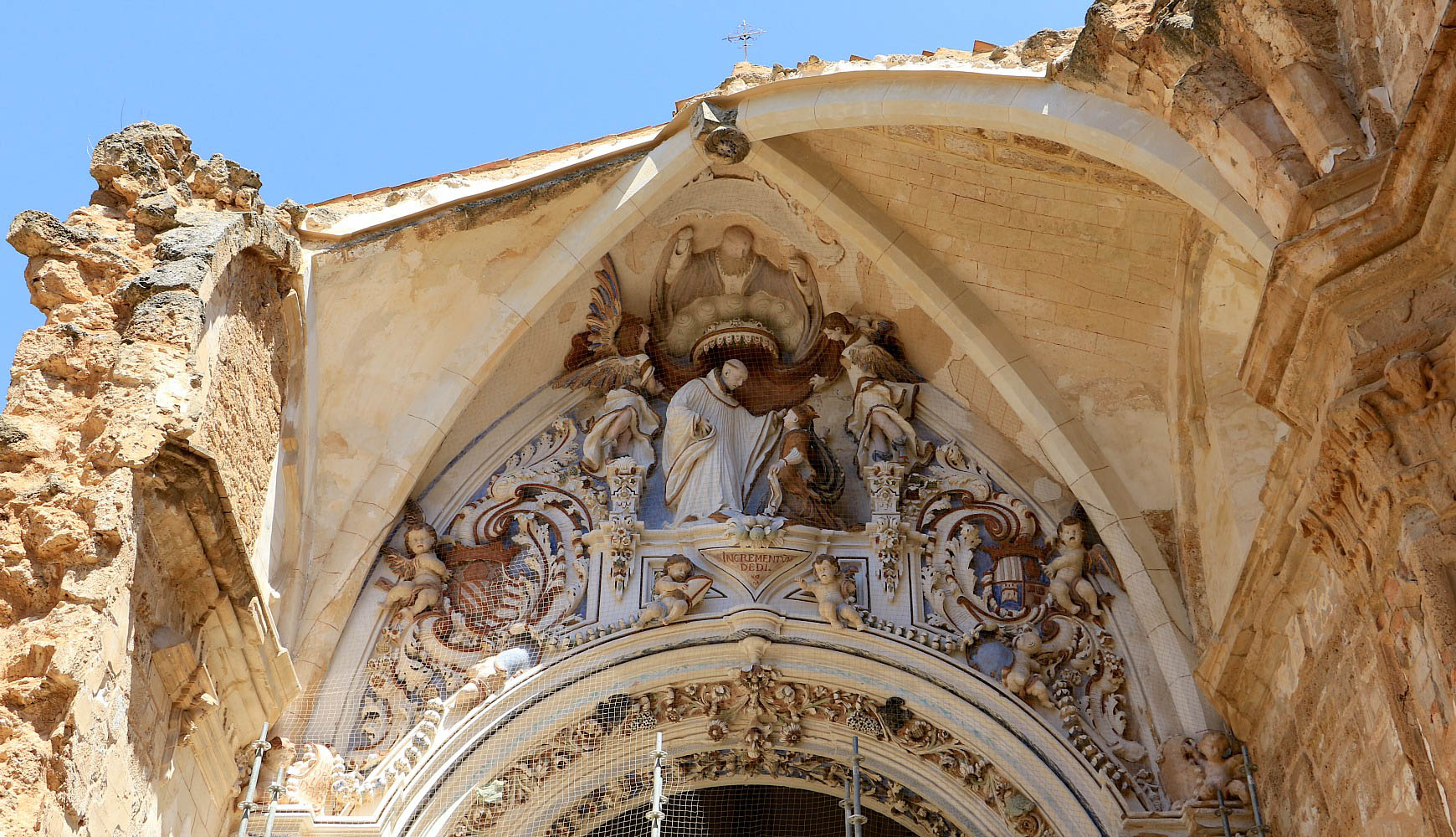 Unwind in a kayak
Unwind in a kayak
Kayaking is one of the many activities you can do in Aragon. We took to the beautiful Tranquera reservoir where we played family games and raced each other in a completely non-competitive way (yeah right!). You can even jump into the reservoir from the nearby rocks if you fancy too – the height of these varies so it depends how much of a daredevil you are!
Kayaking with Jalon Activo is €30 for 4-6 people and €27 for 7-14 people (2-3 hours). Other activities are available too like caving and canyoning. The season runs from April to September.
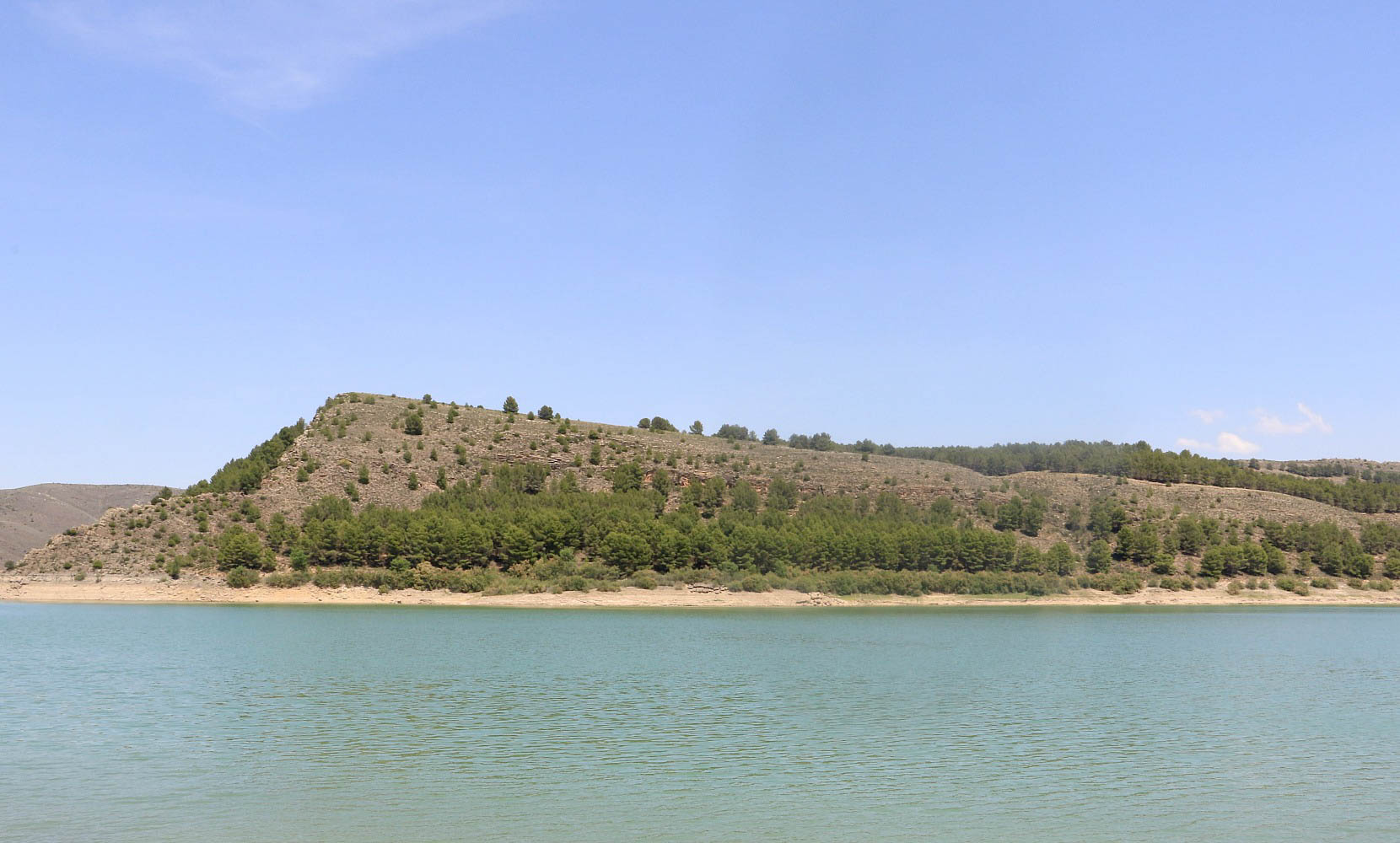 Admire the Mudéjar architecture
Admire the Mudéjar architecture
Teruel is renowned for its wonderful Mudéjar architecture and many buildings are designed in this Moorish style. It’s the name given to a style of architecture, strongly influenced by the Moors, who used simple materials like brick, wood, plaster or pottery. Spectacular monuments like the El Salvador towers, San Martin and San Pedro churches and the Santa Maria Cathedral with its tower, dome and wooden roof are protected as UNESCO world heritage sites. One of the most distinct monuments is the Escalinata del Paseo del Ovalo with its grand staircase, stonework and ceramic detailing. Decorative modern architecture can be found in Teruel too, like the Plaza del Torico in the middle of the city.
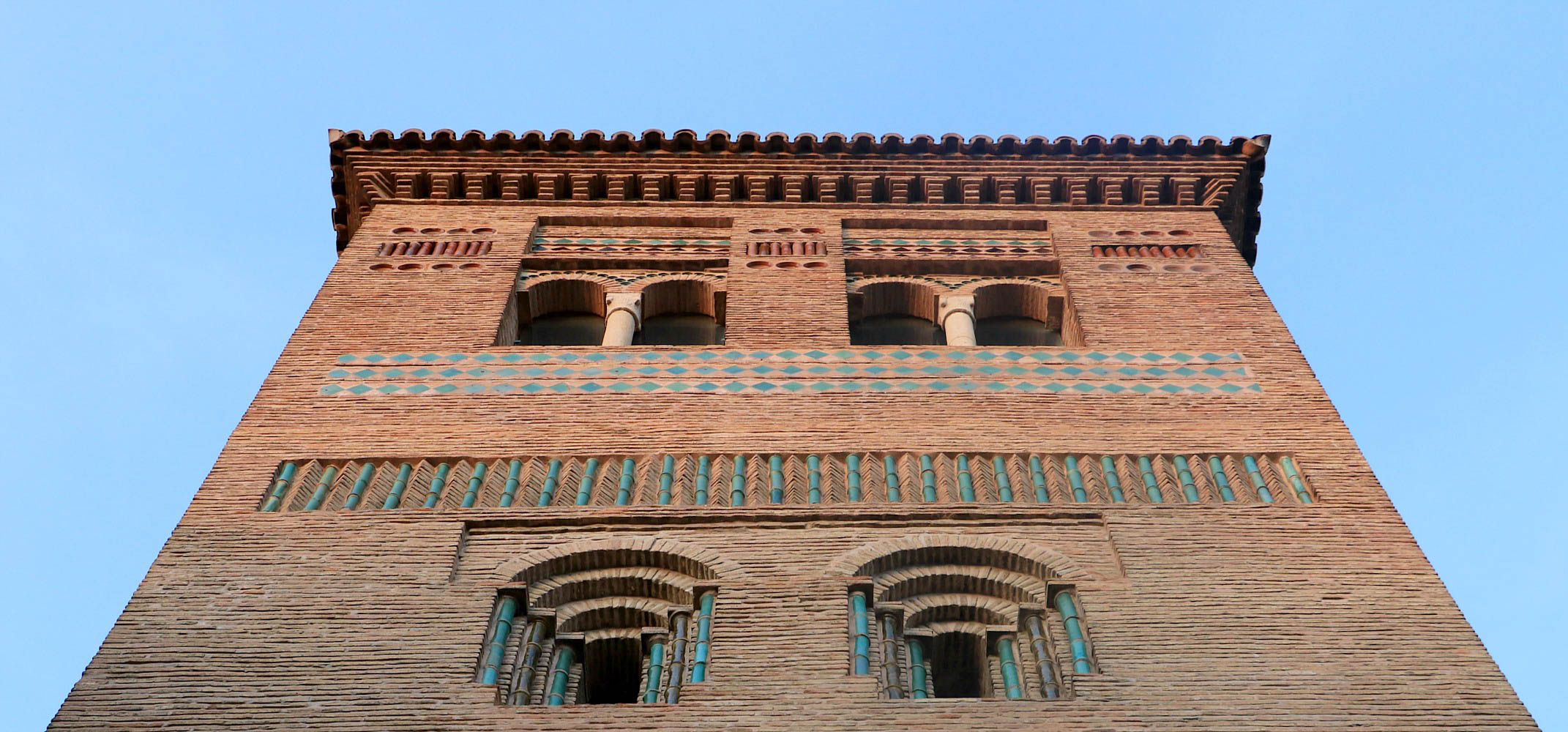 Travel back to 200 million years ago
Travel back to 200 million years ago
As well as its Mudéjar architecture, Teruel is also known as the land of the dinosaurs. Dinopolis is the largest palaeontology park in Europe with activities for all. Travelling back 200 million years, you can understand the Triassic, Jurassic and Cretaceous periods through fossils and replica dinosaurs, 3D films, shows and rides. Dinopolis is home to the original bones of Europe’s largest dinosaur and one of the biggest in the world at 40 metres. You’ll even find a dinosaur research lab there too. We were at Dinopolis for a few hours but you could easily spend an entire day there.
Entry to Dinopolis is €28 for adults and €22 for children, under 4’s go free. There are also options to visit any of the 7 smaller dinosaur centres in Aragon for a little extra.
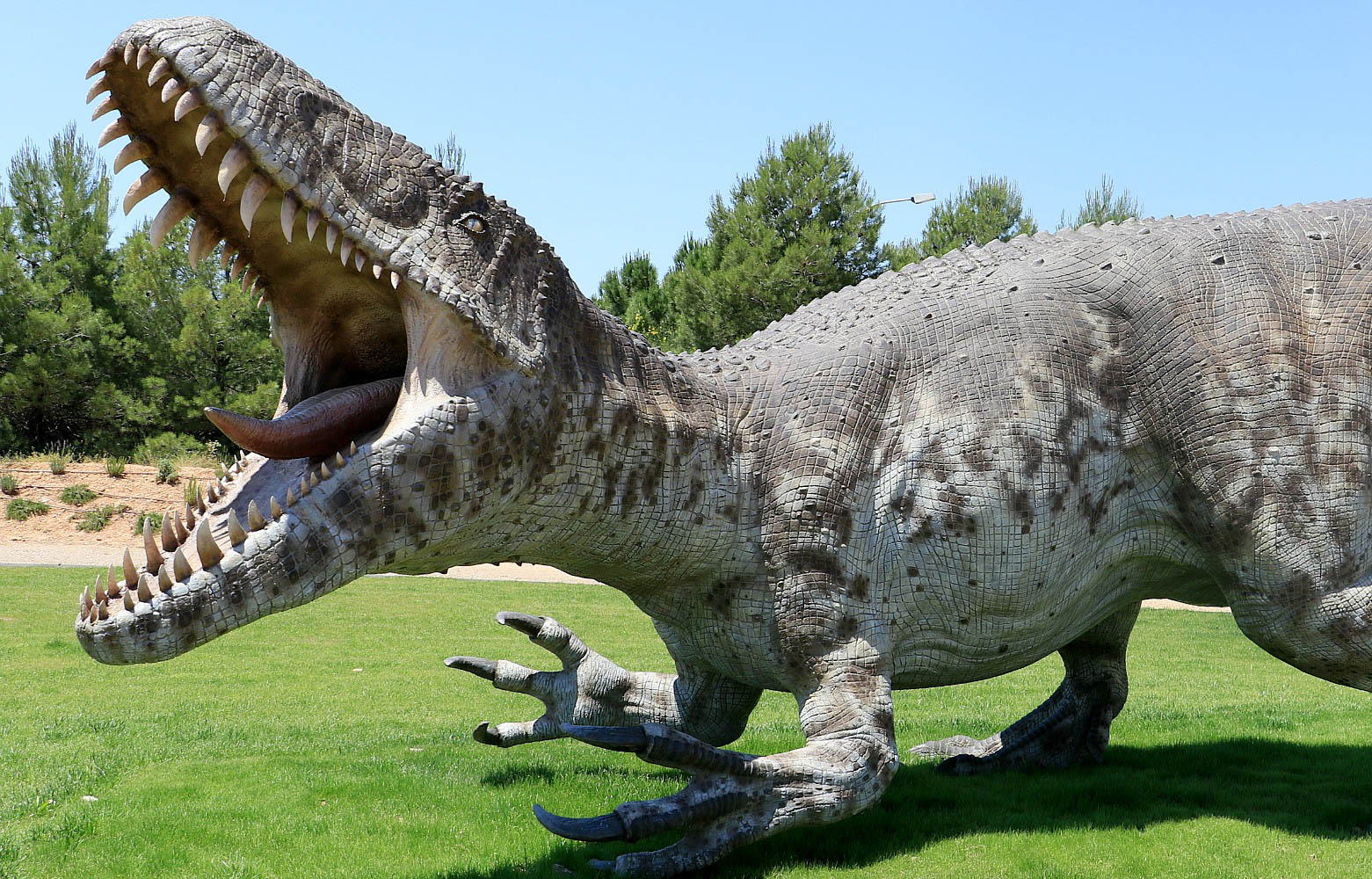 I really hoped Aragon would excite me as much as Cantabria did last summer. In actual fact it surpassed my expectations on every level from the diversity of the landscape in each of the provinces to the cultural heritage and how many family friendly activities there are. The fact that it’s relatively untouched by tourism makes it even more appealing.
I really hoped Aragon would excite me as much as Cantabria did last summer. In actual fact it surpassed my expectations on every level from the diversity of the landscape in each of the provinces to the cultural heritage and how many family friendly activities there are. The fact that it’s relatively untouched by tourism makes it even more appealing.
Disclaimer: This trip was organised by the Spanish Tourist Board (who covered the costs of flights, accommodation & meals) and BritMums. Opinions are as always our own.
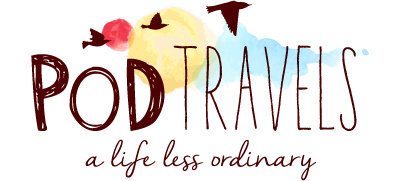
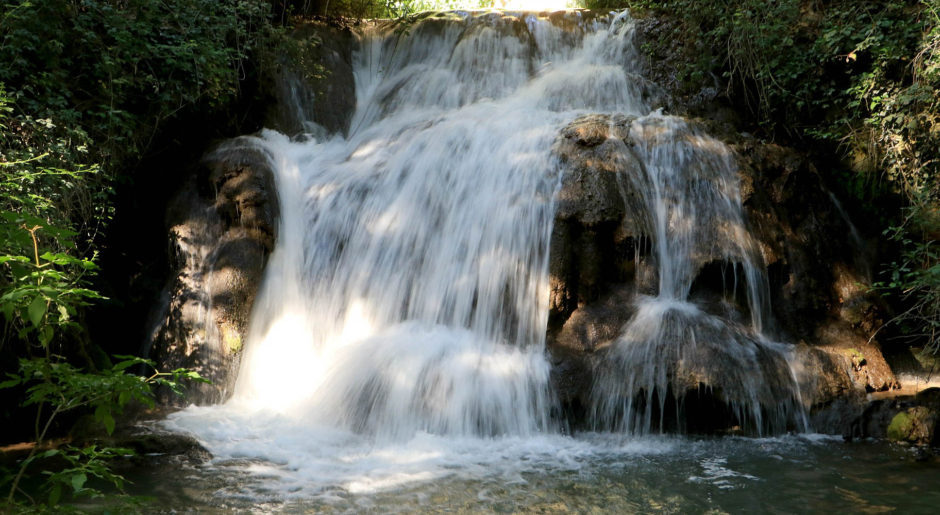
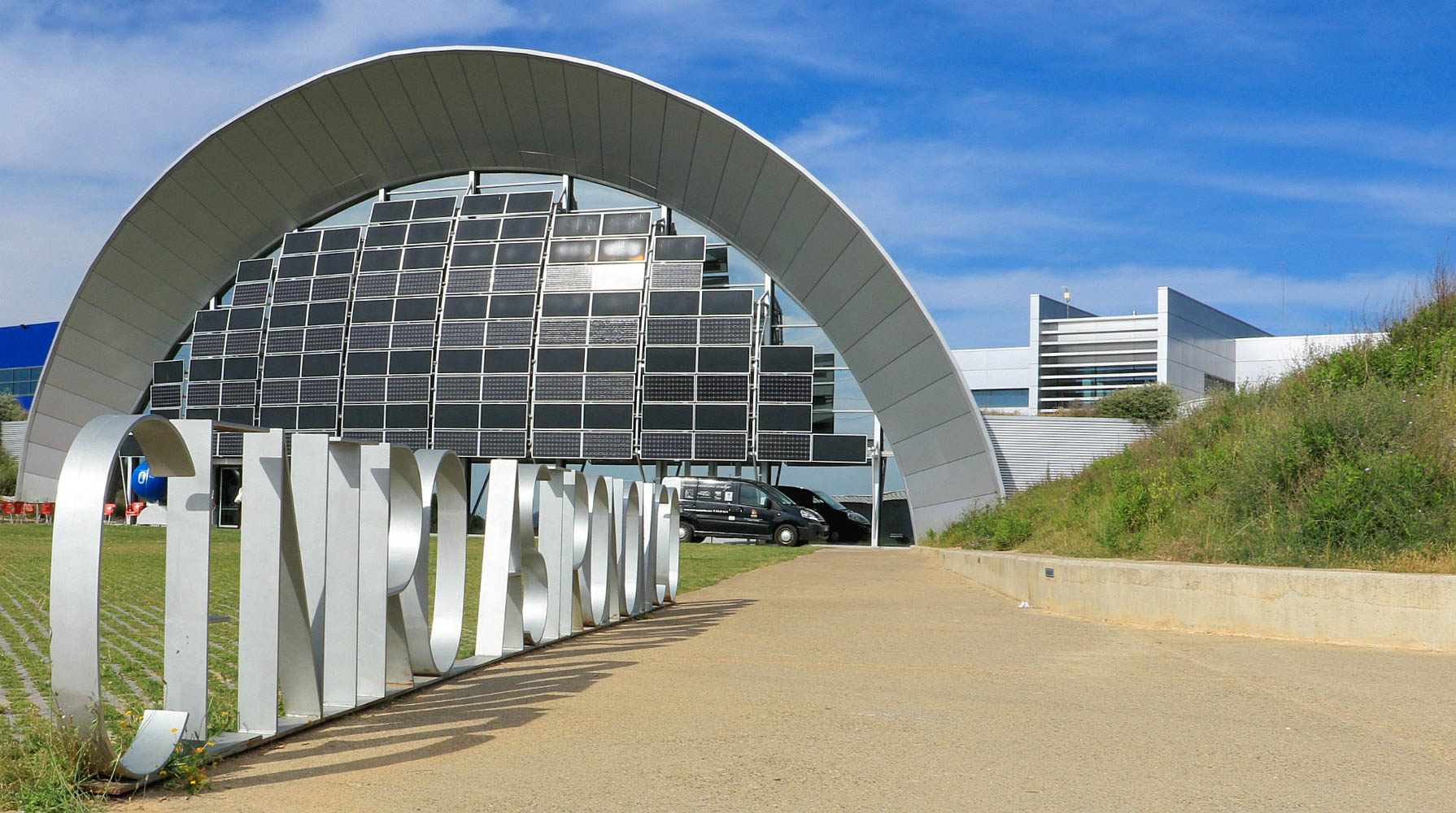
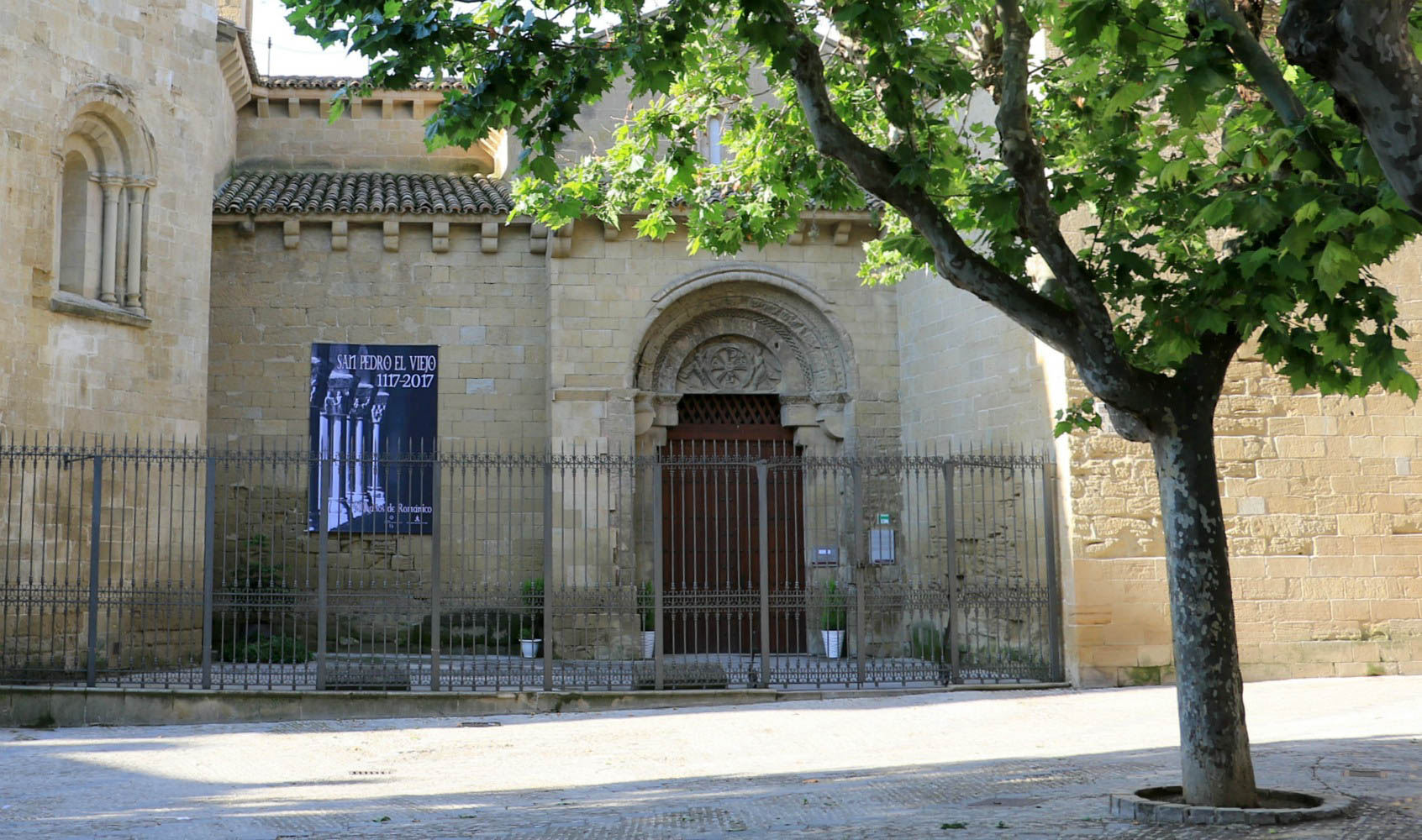
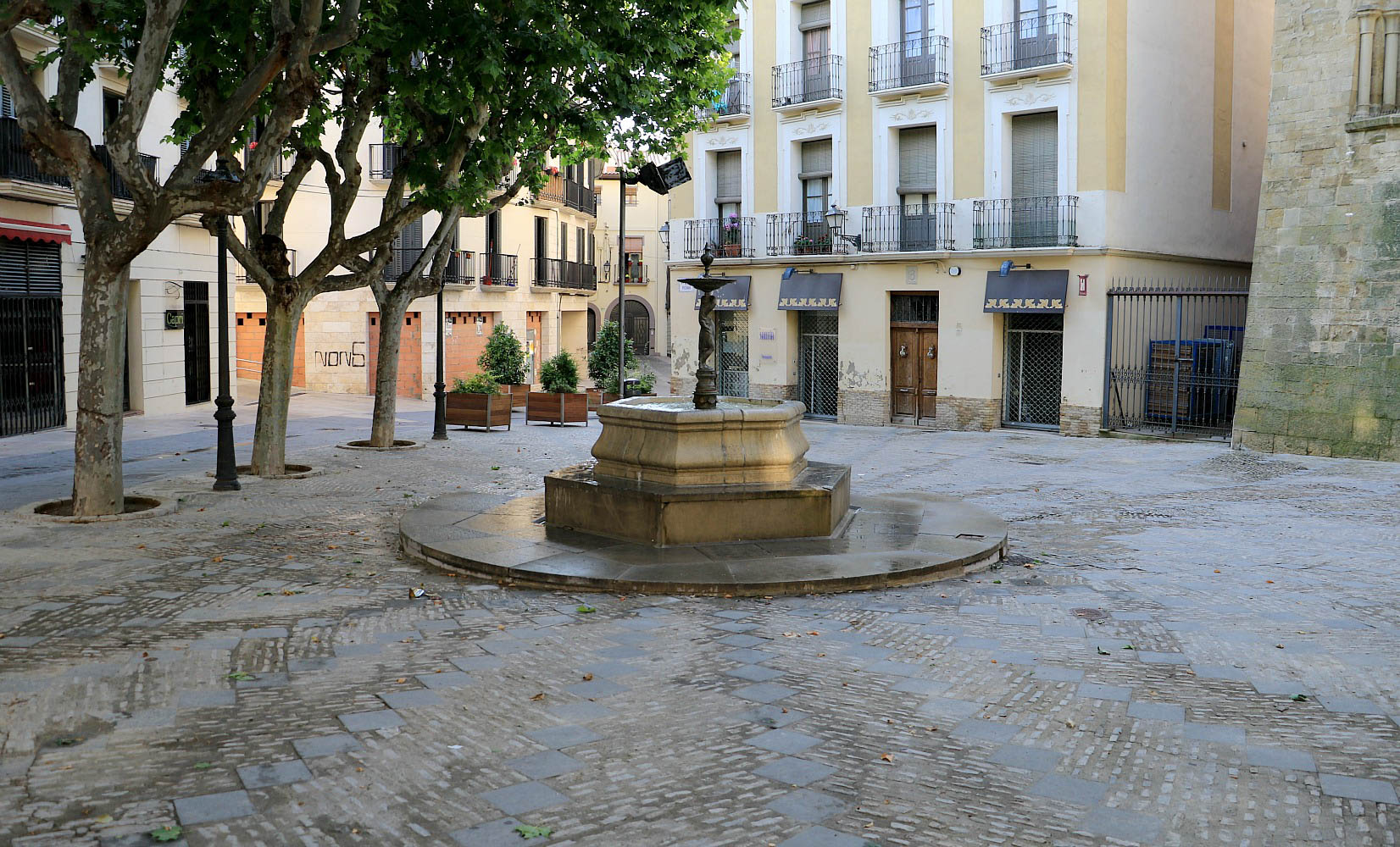
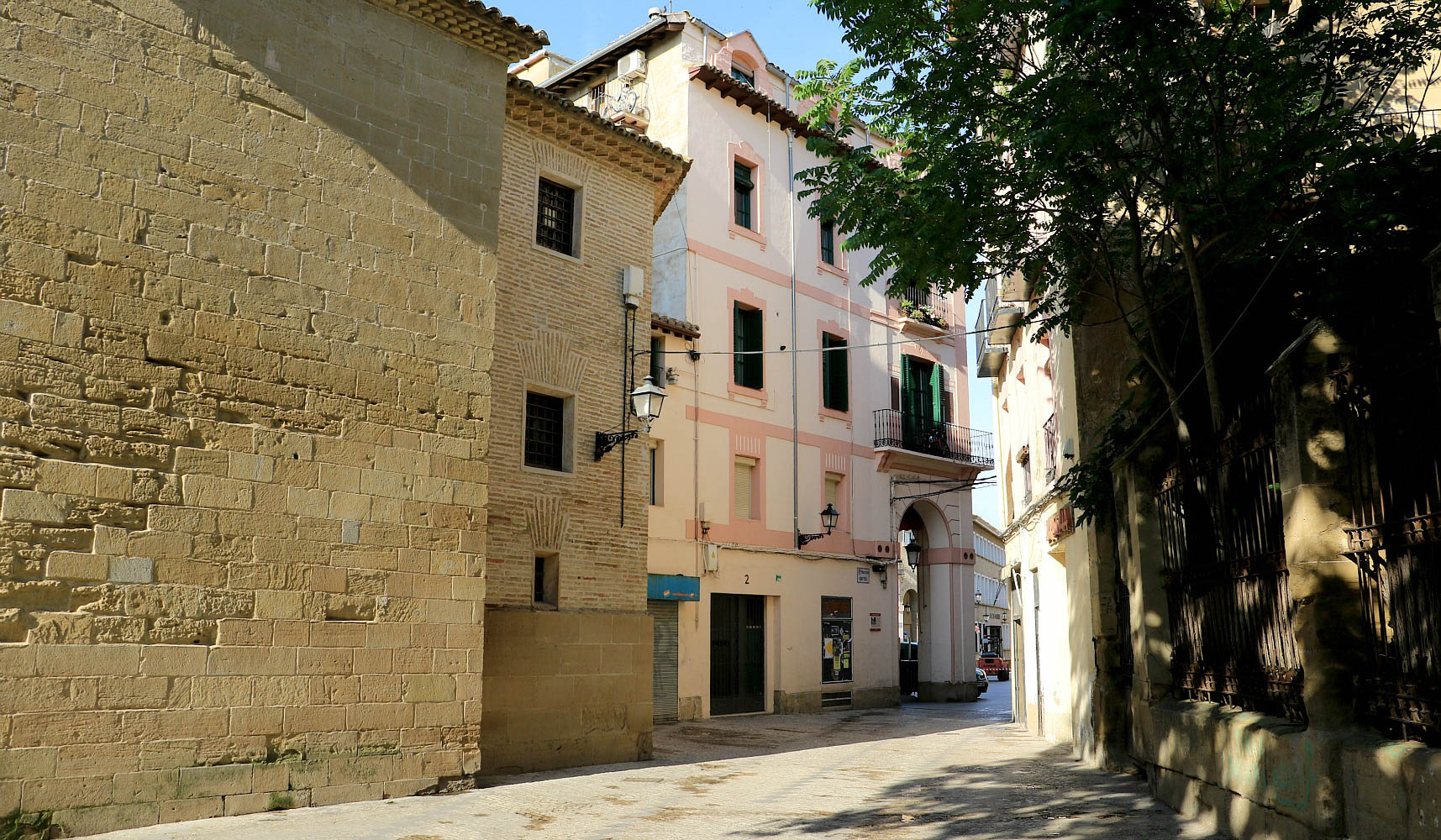
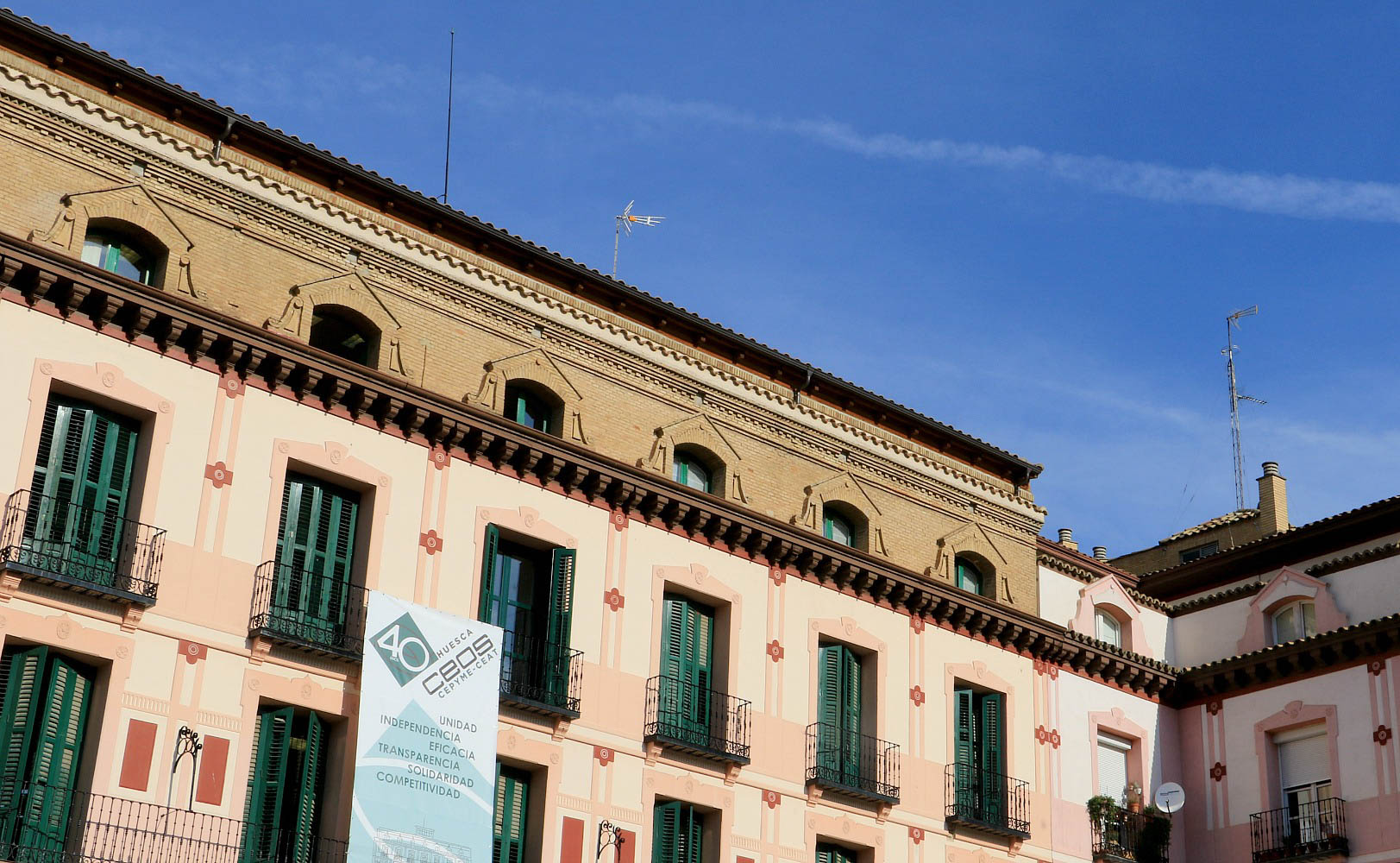
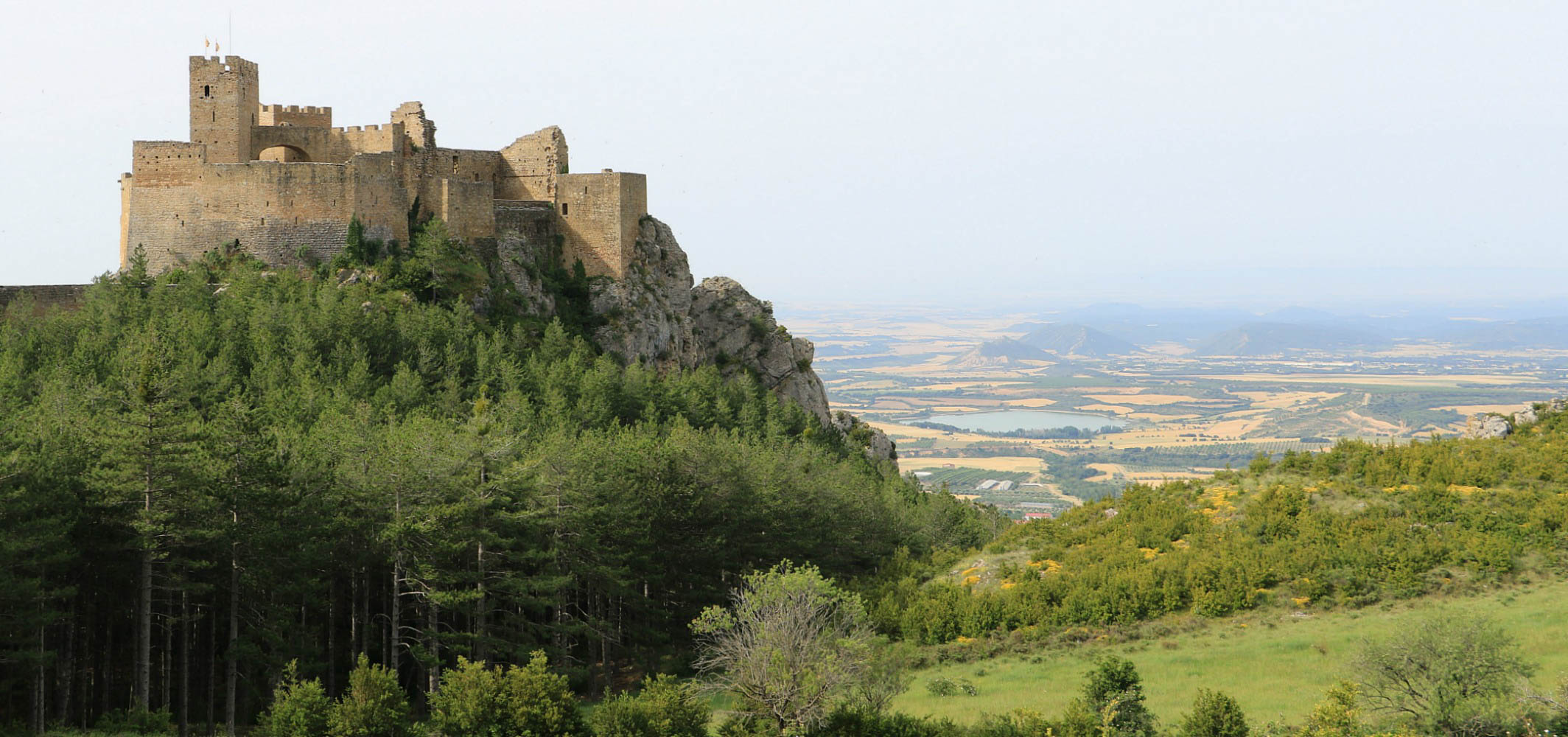
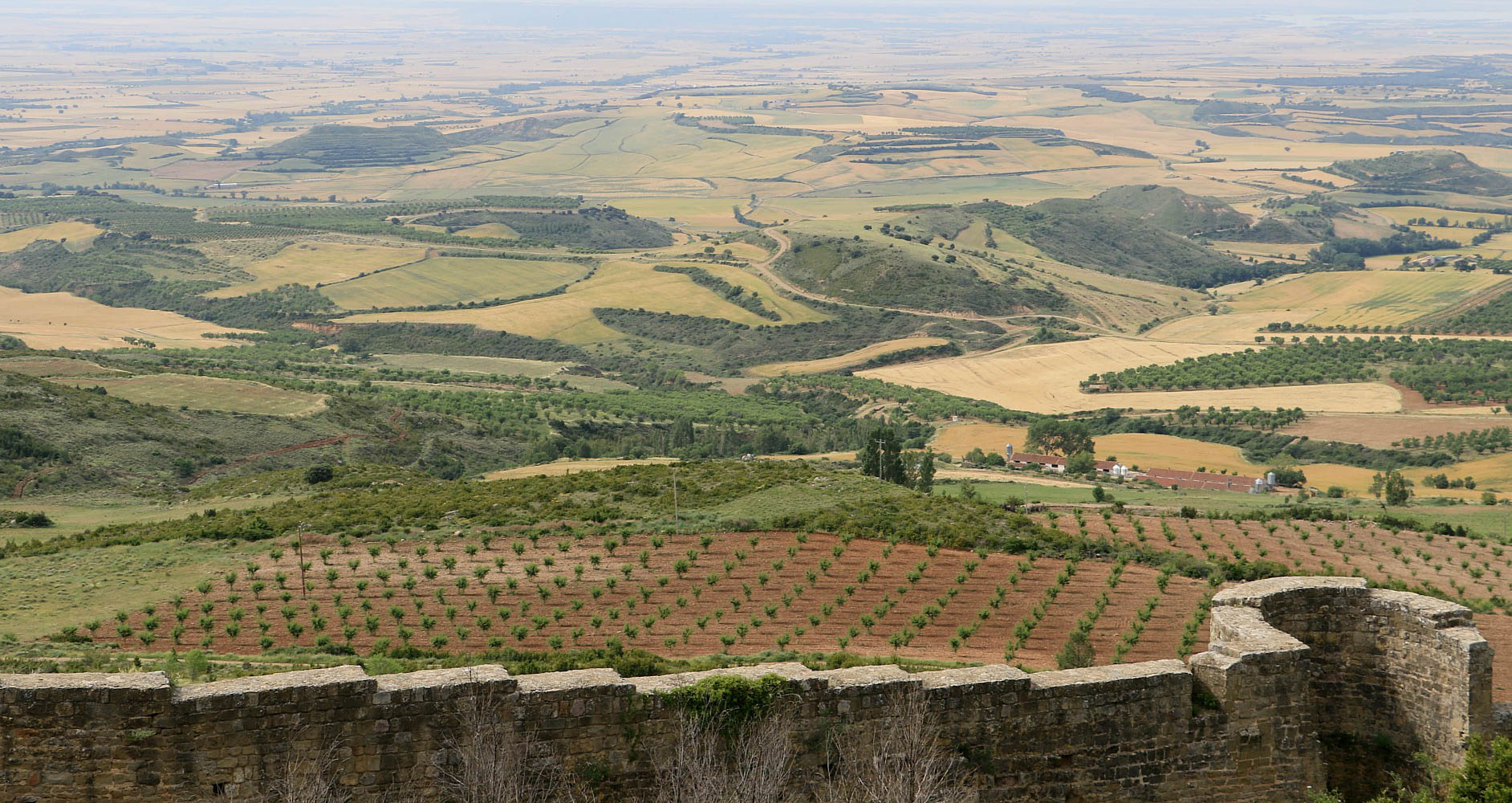
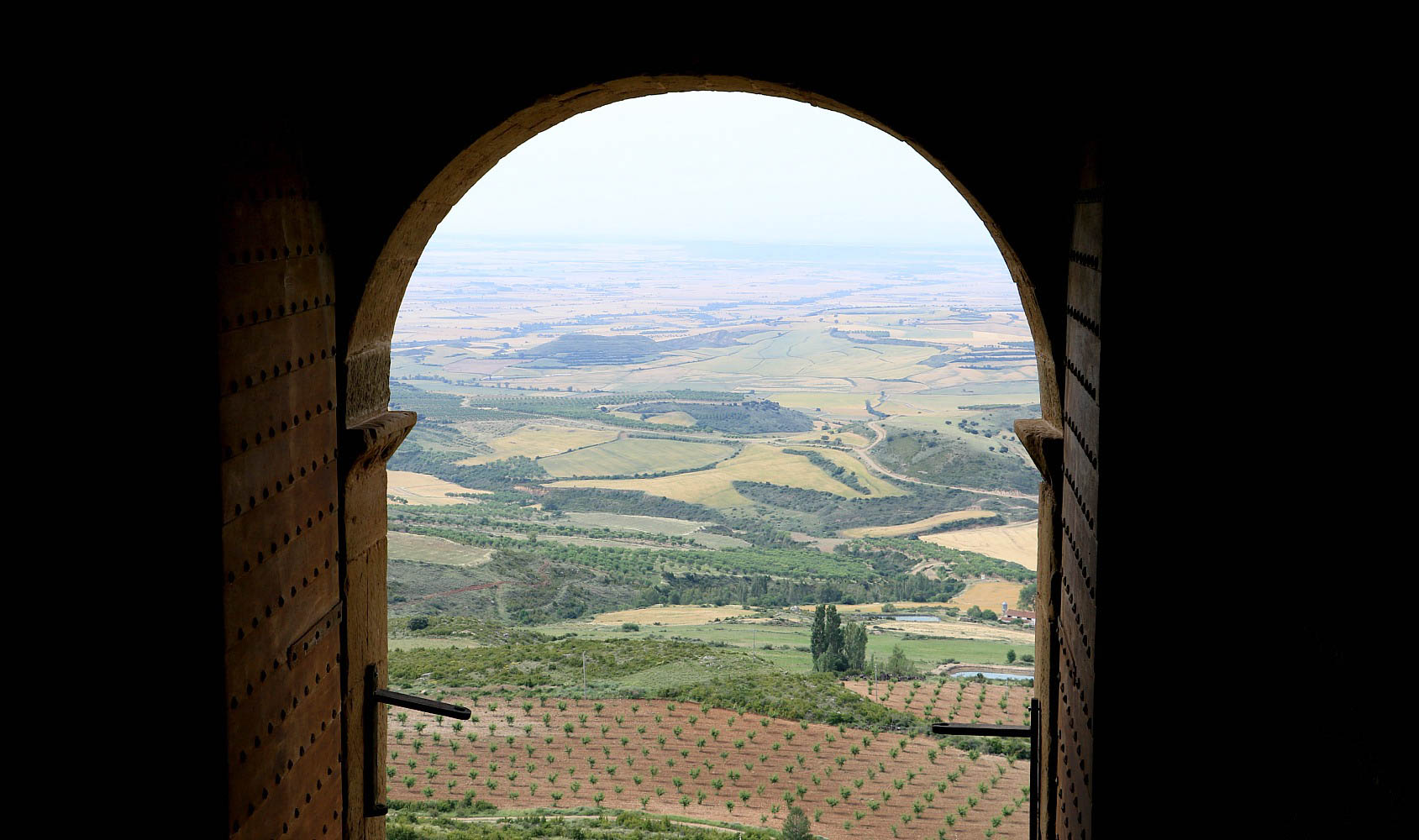
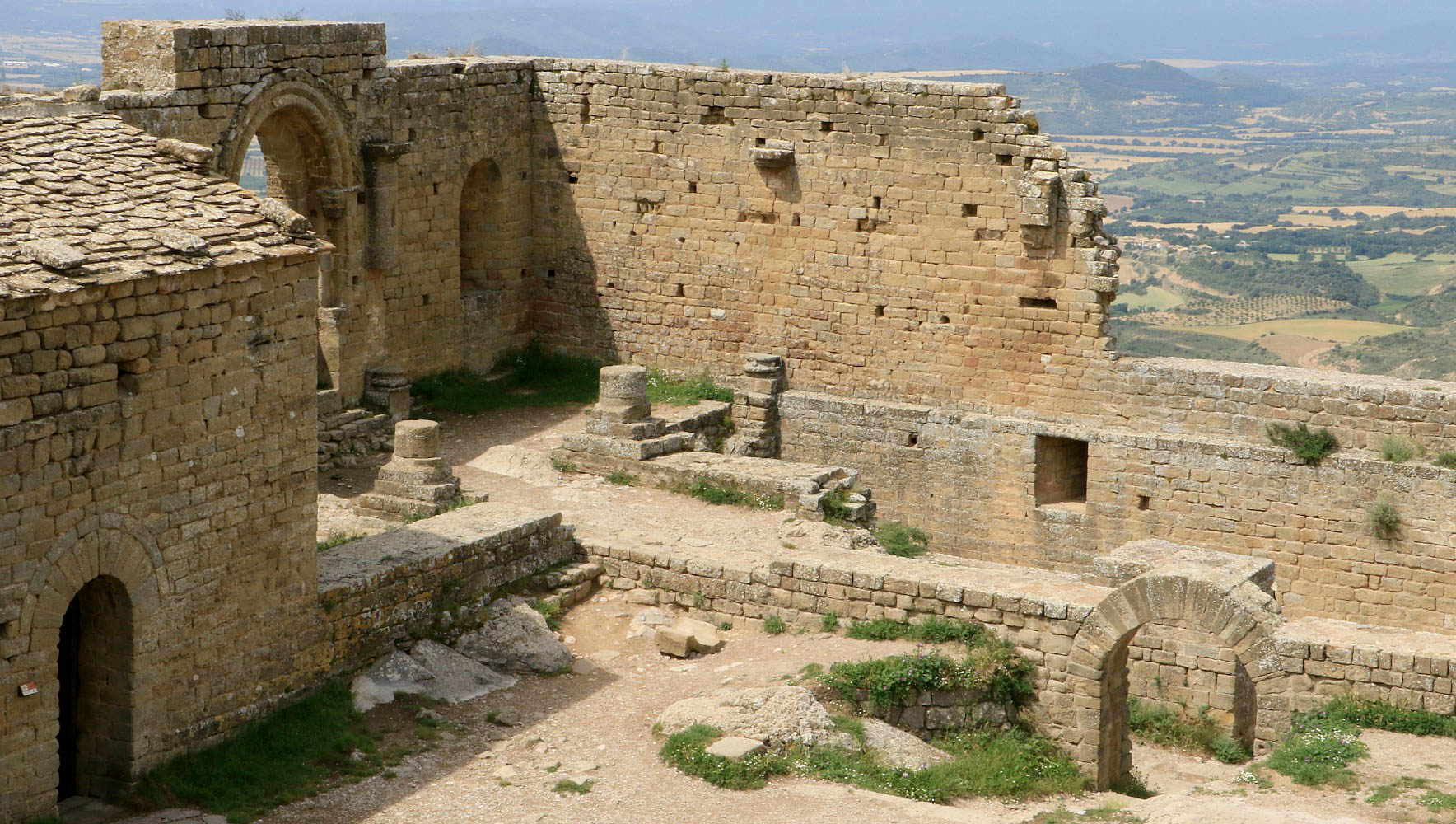
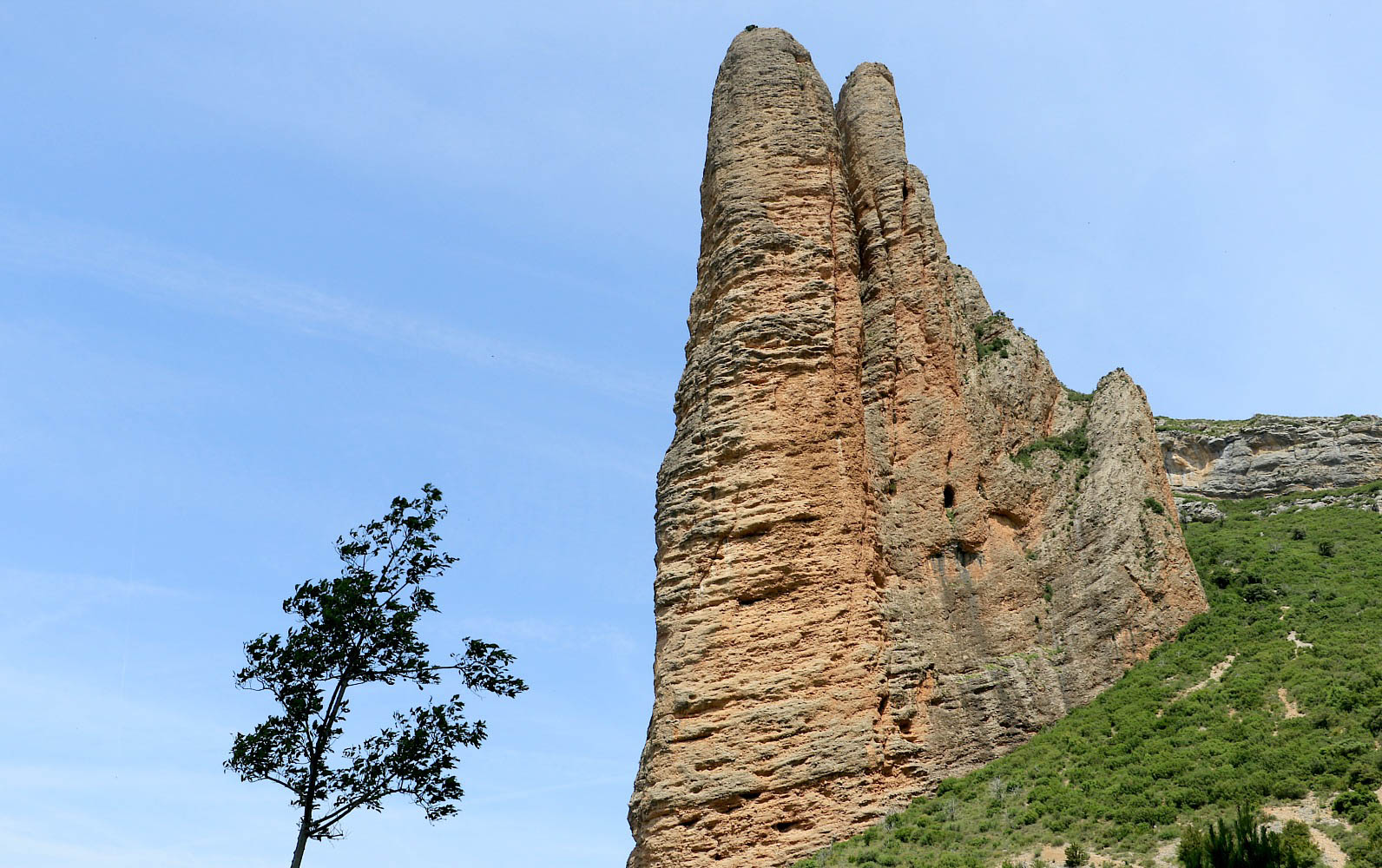
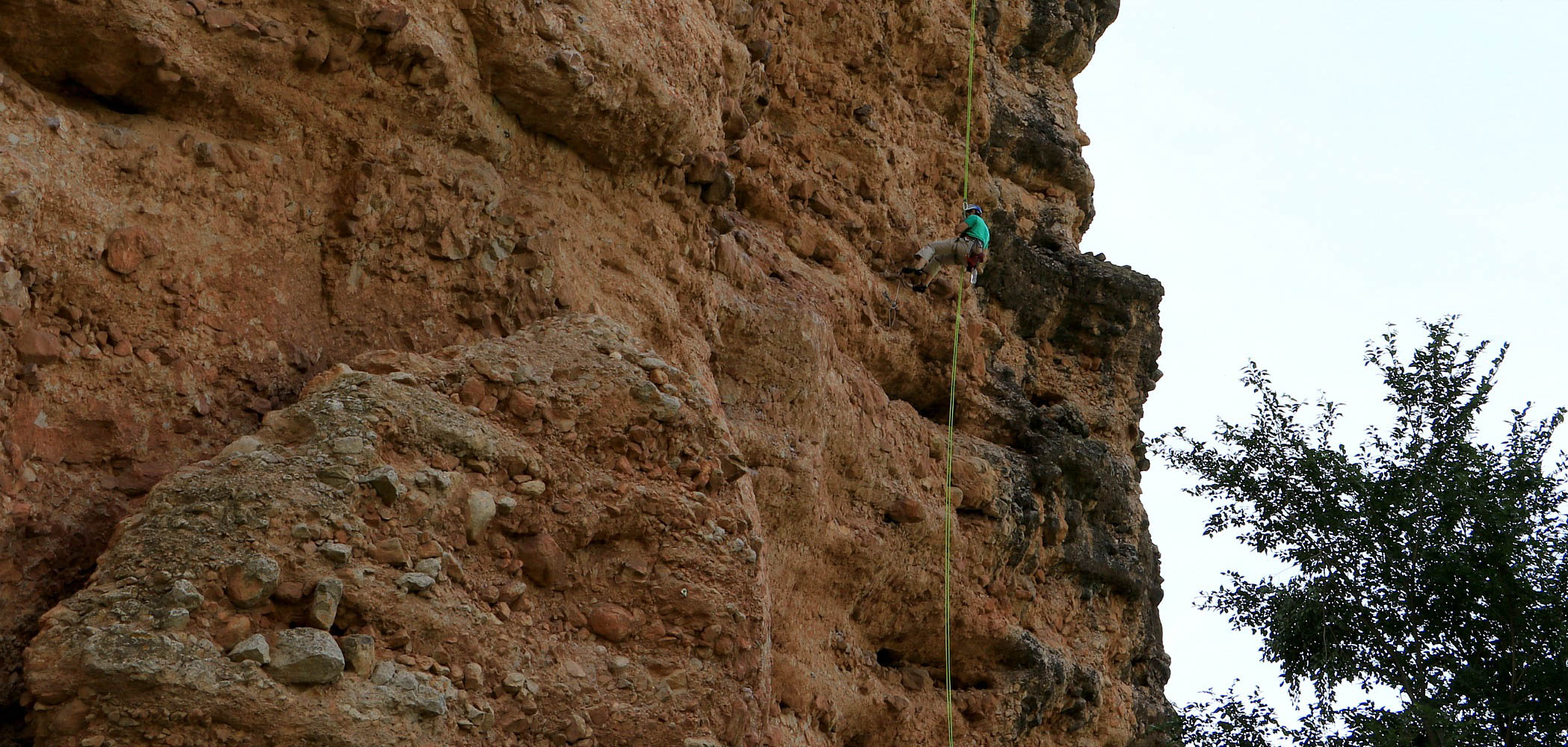
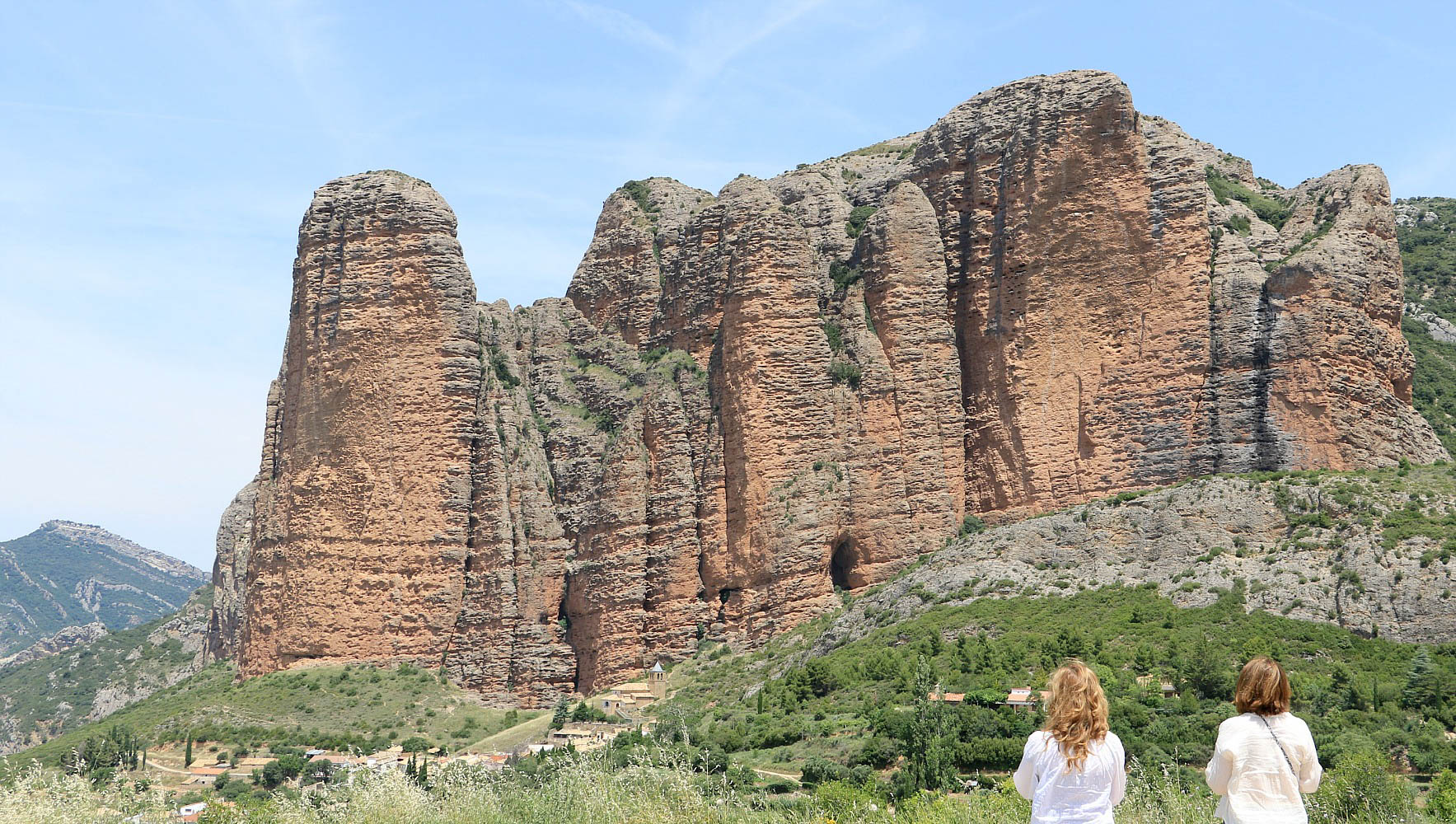
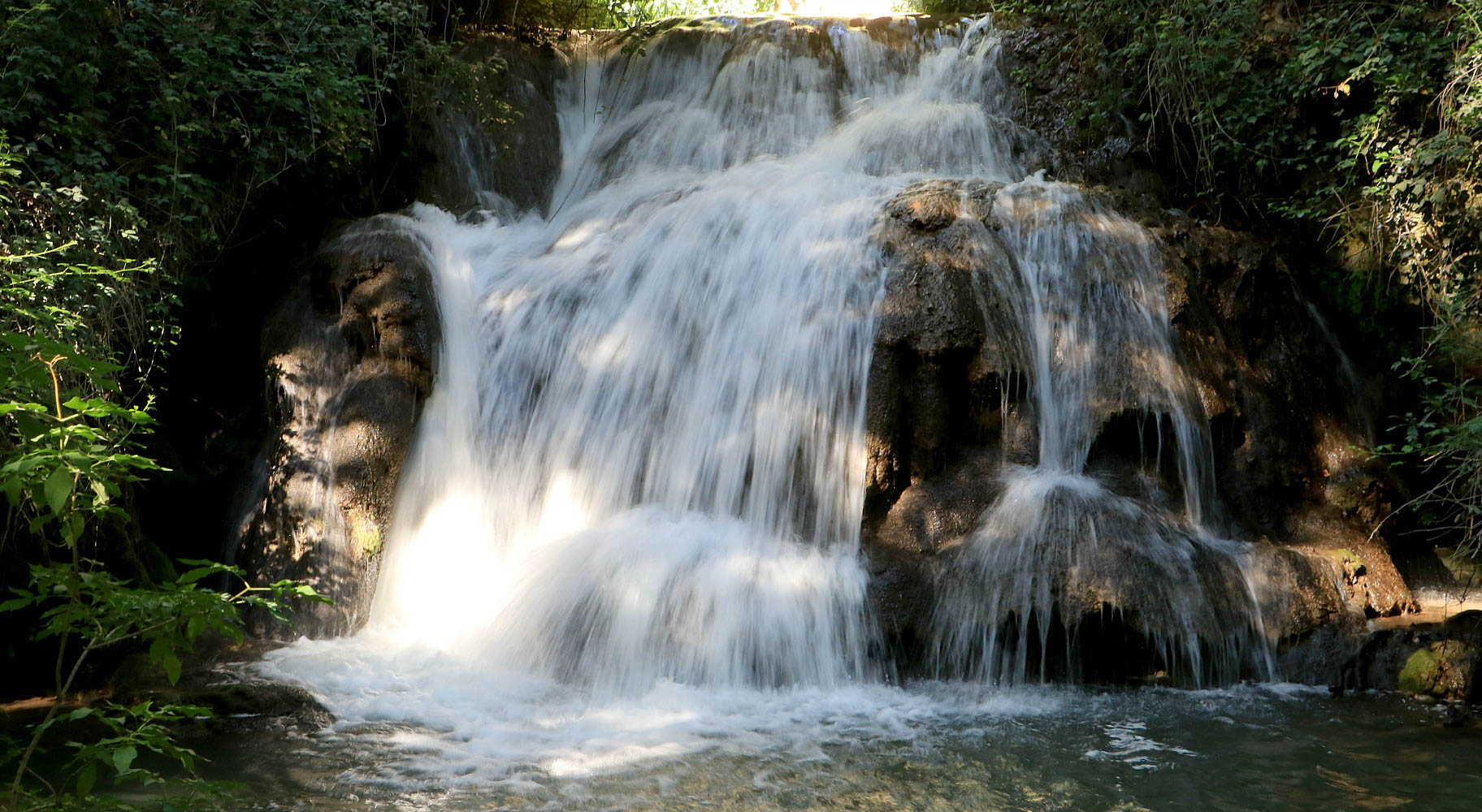
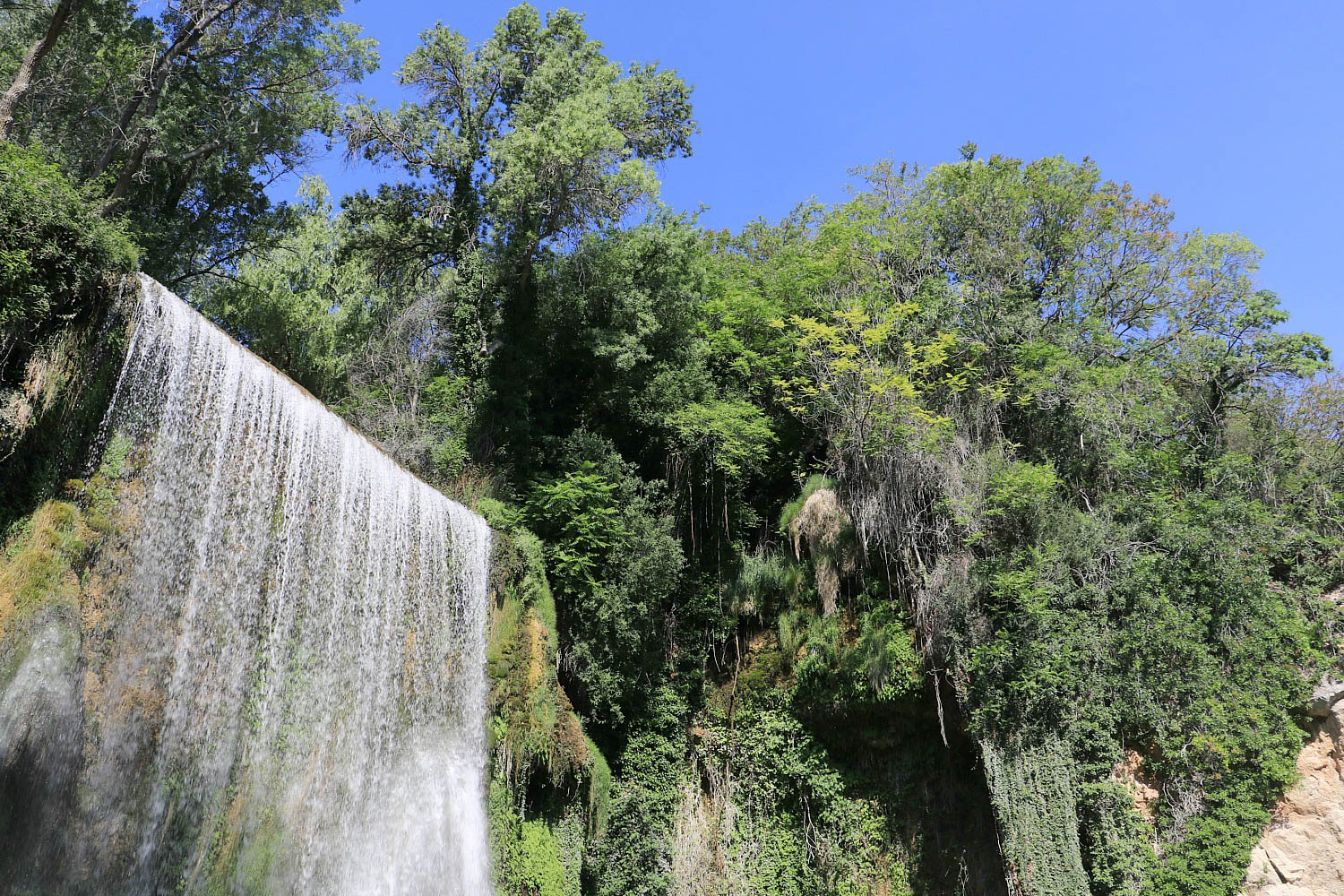
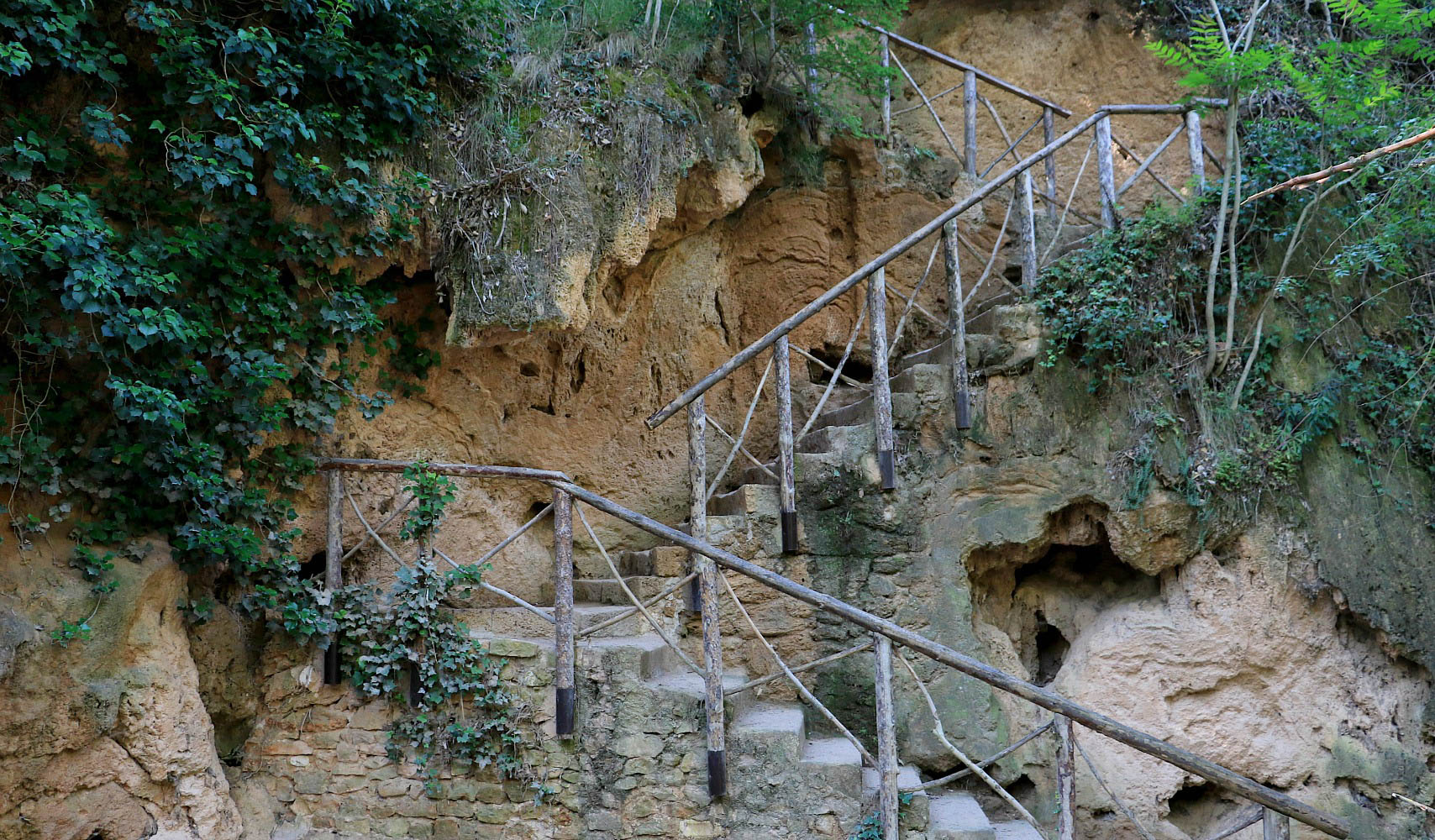
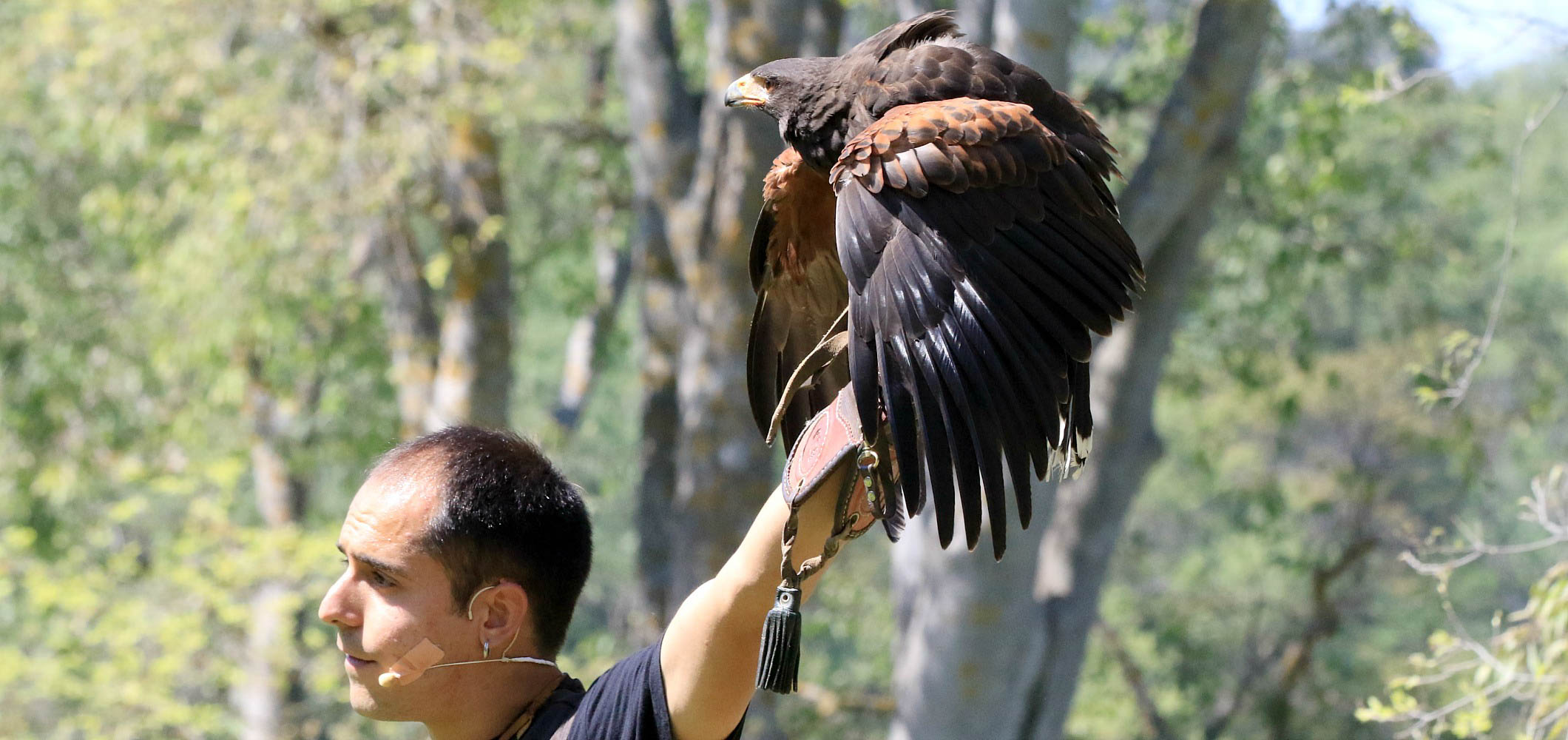
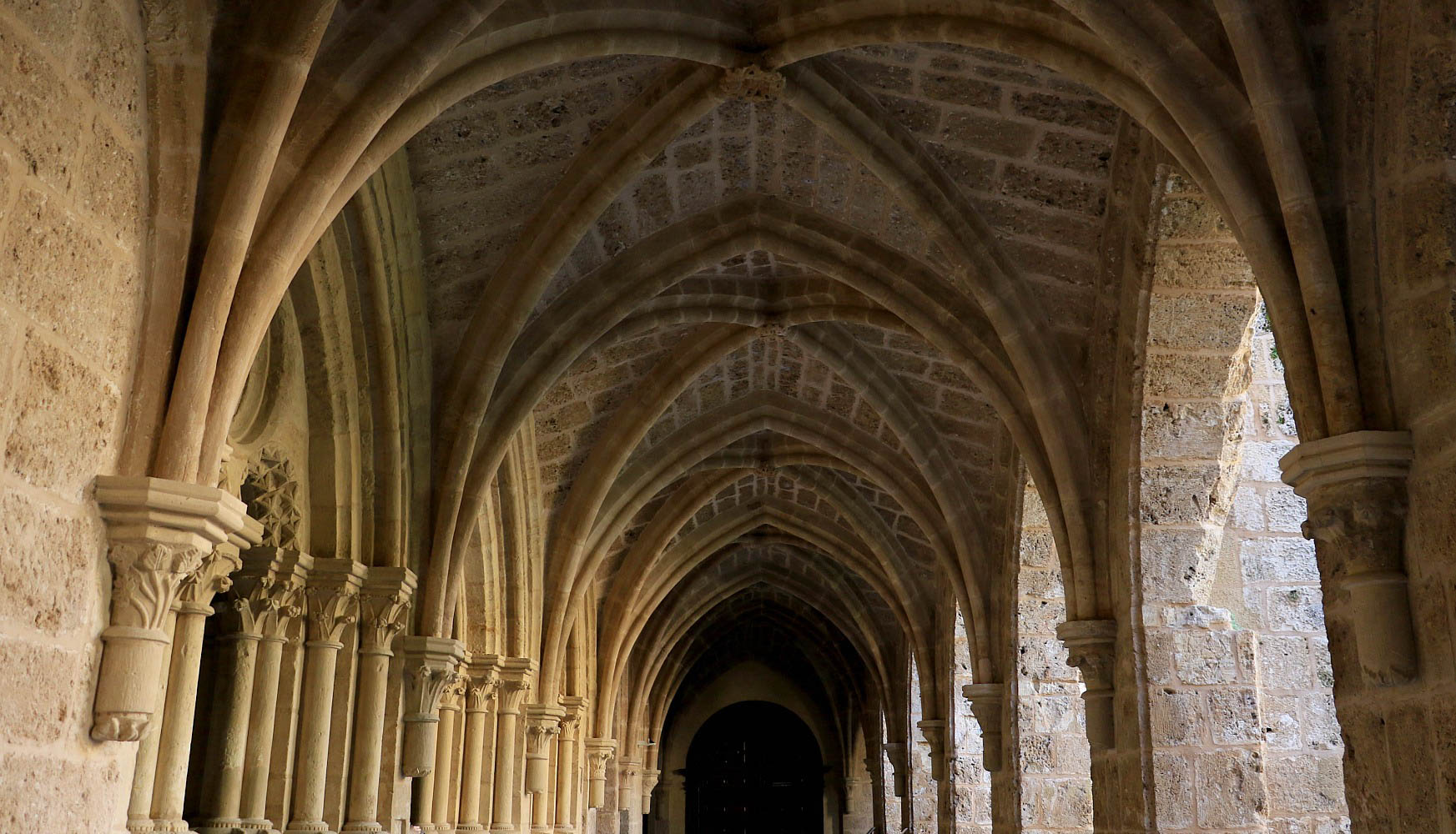
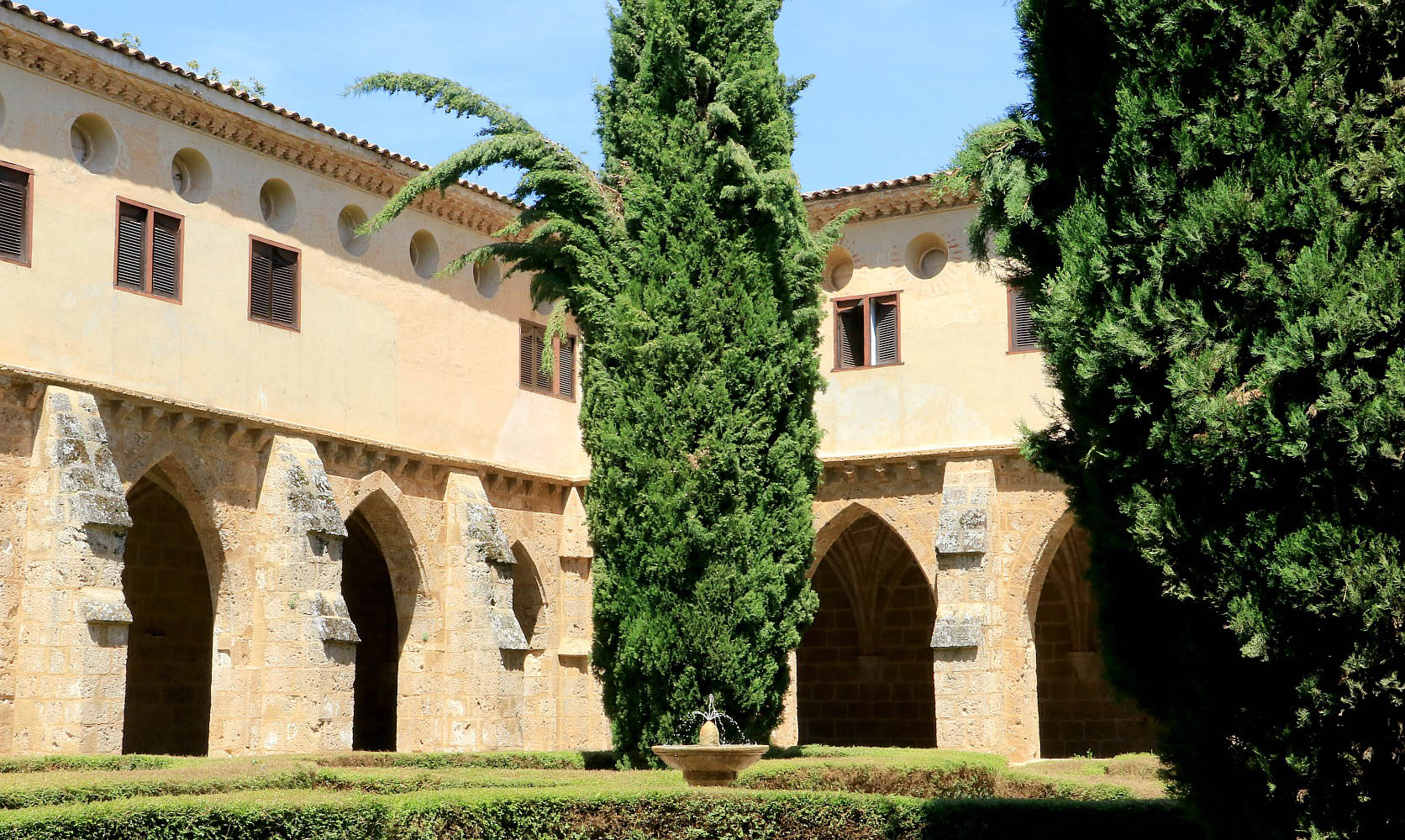
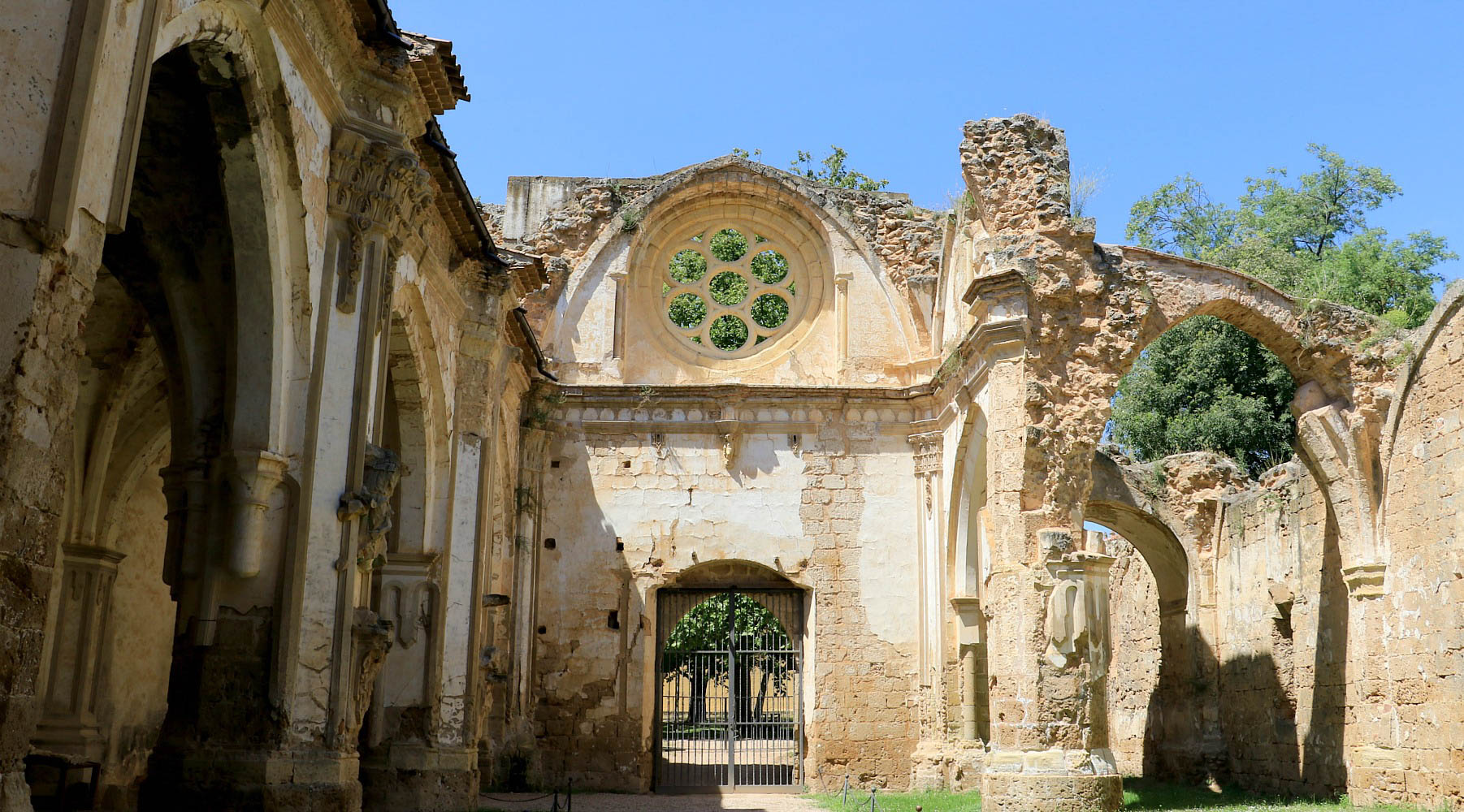
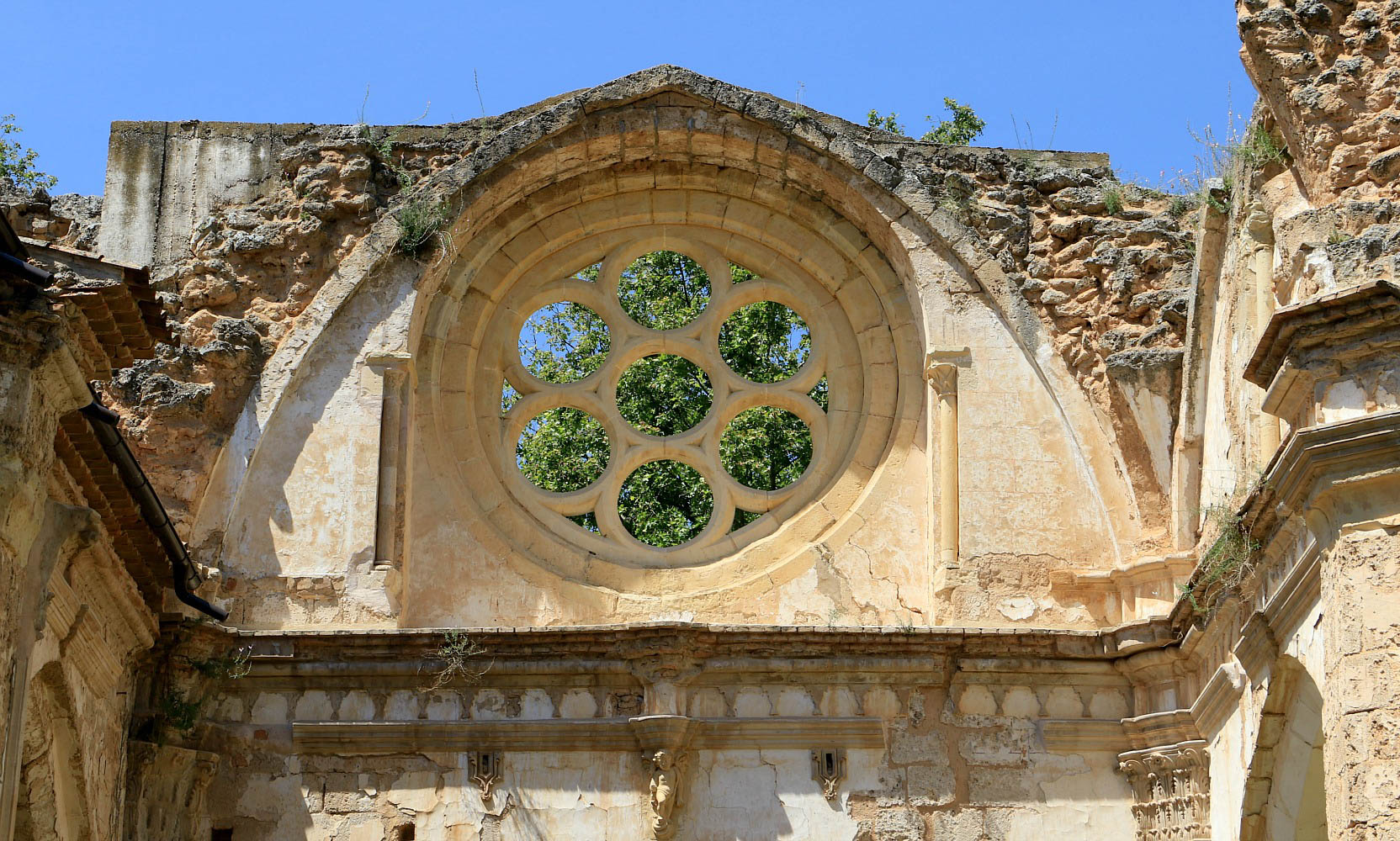
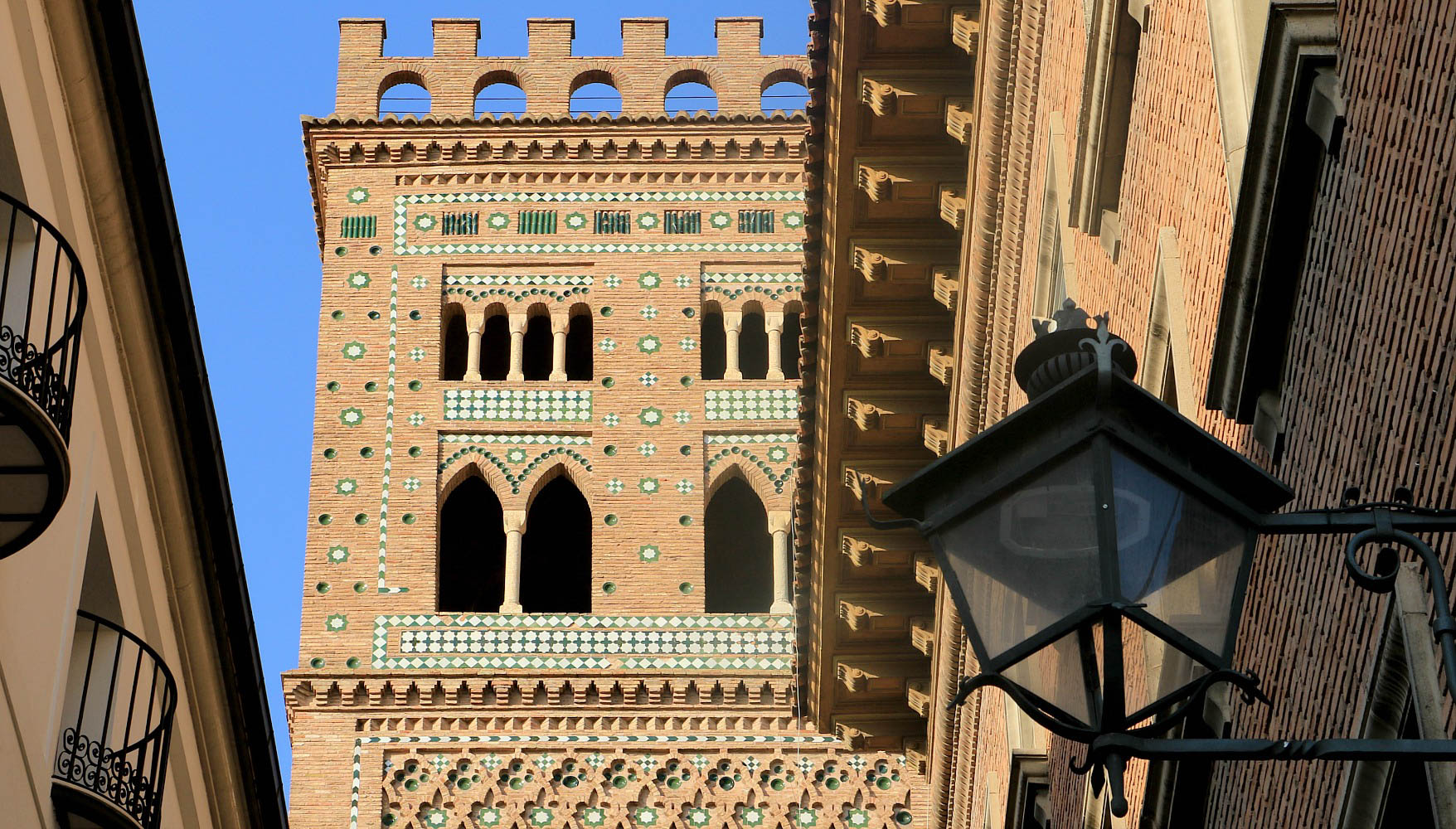
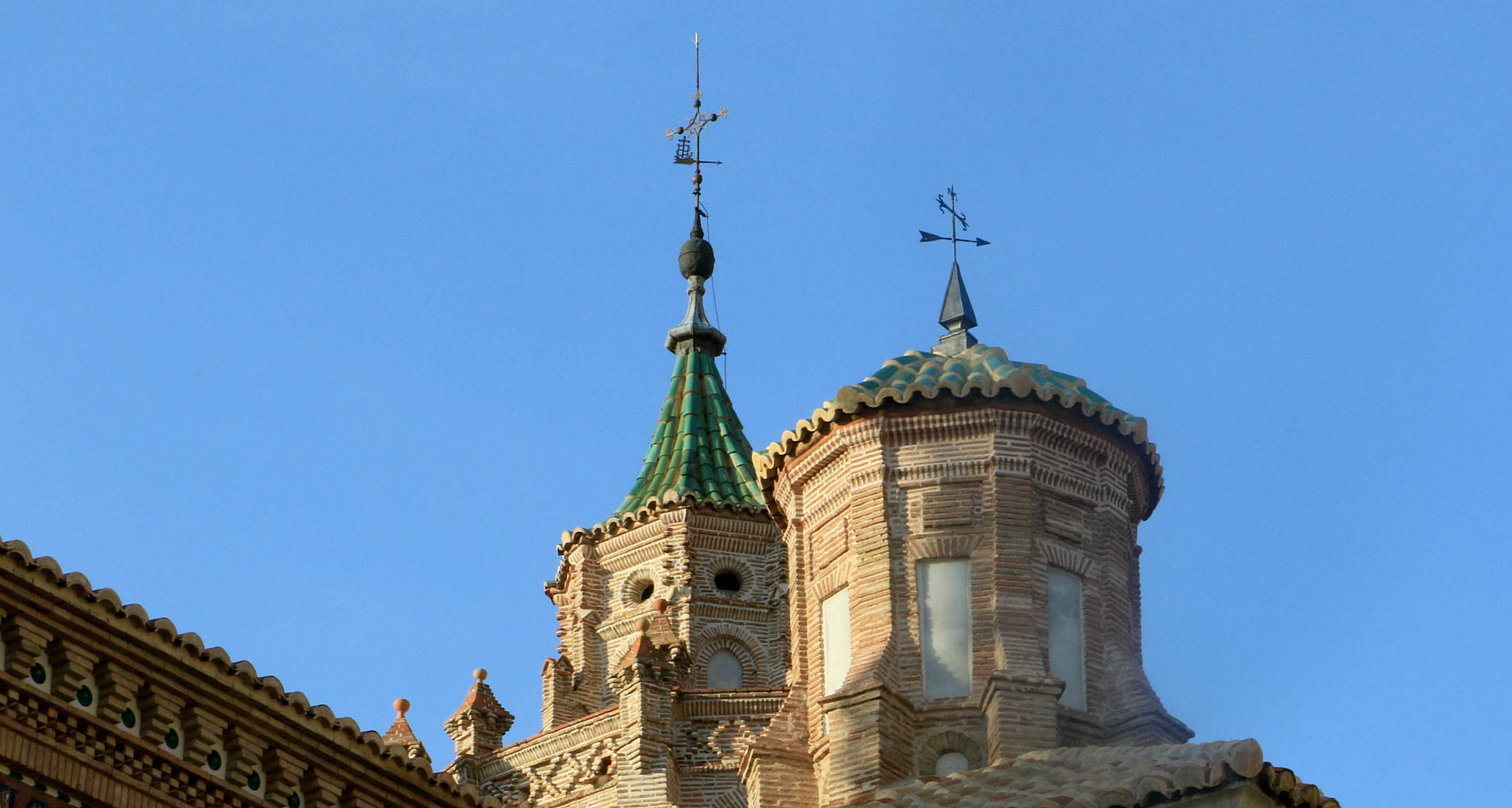
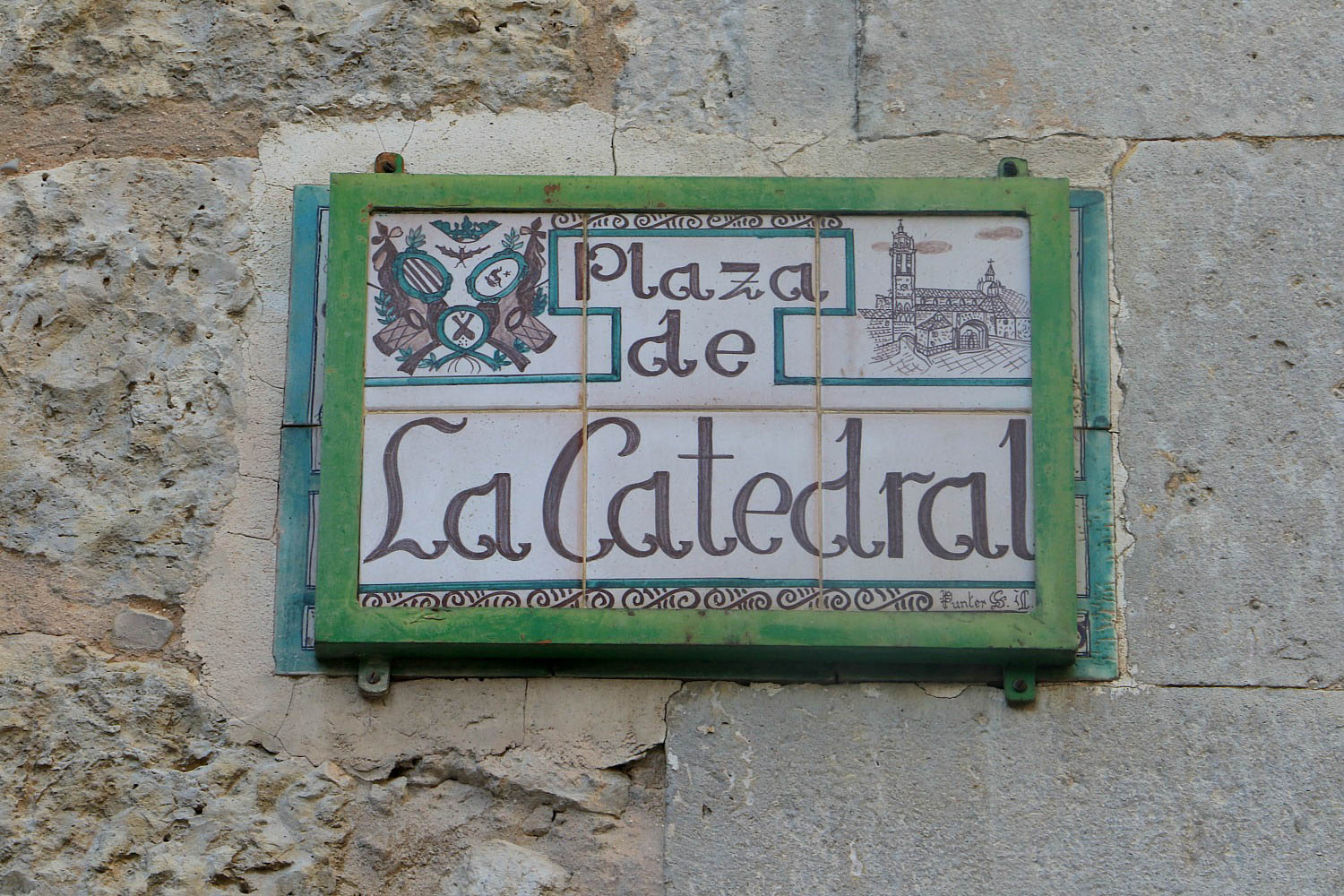
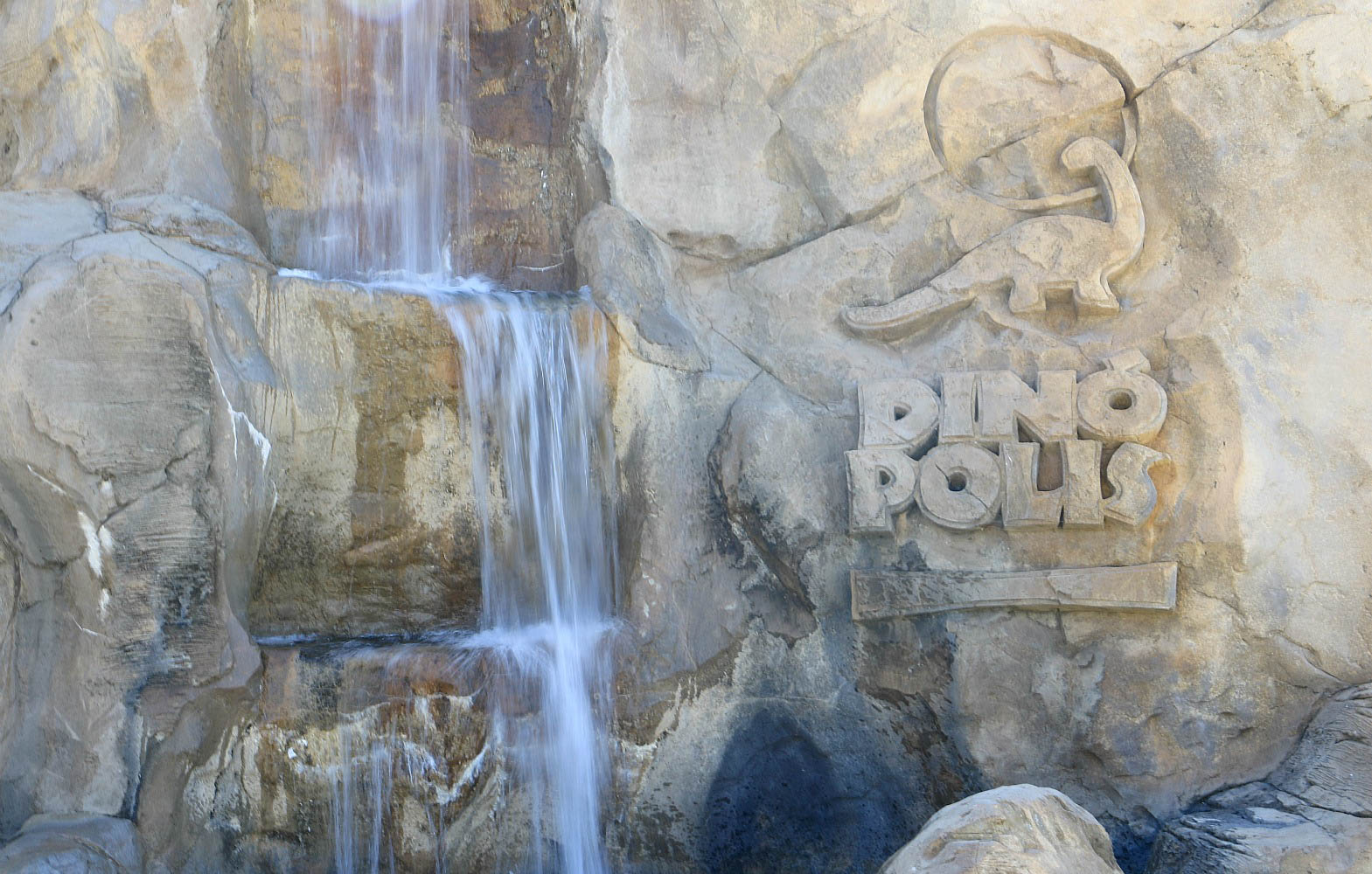
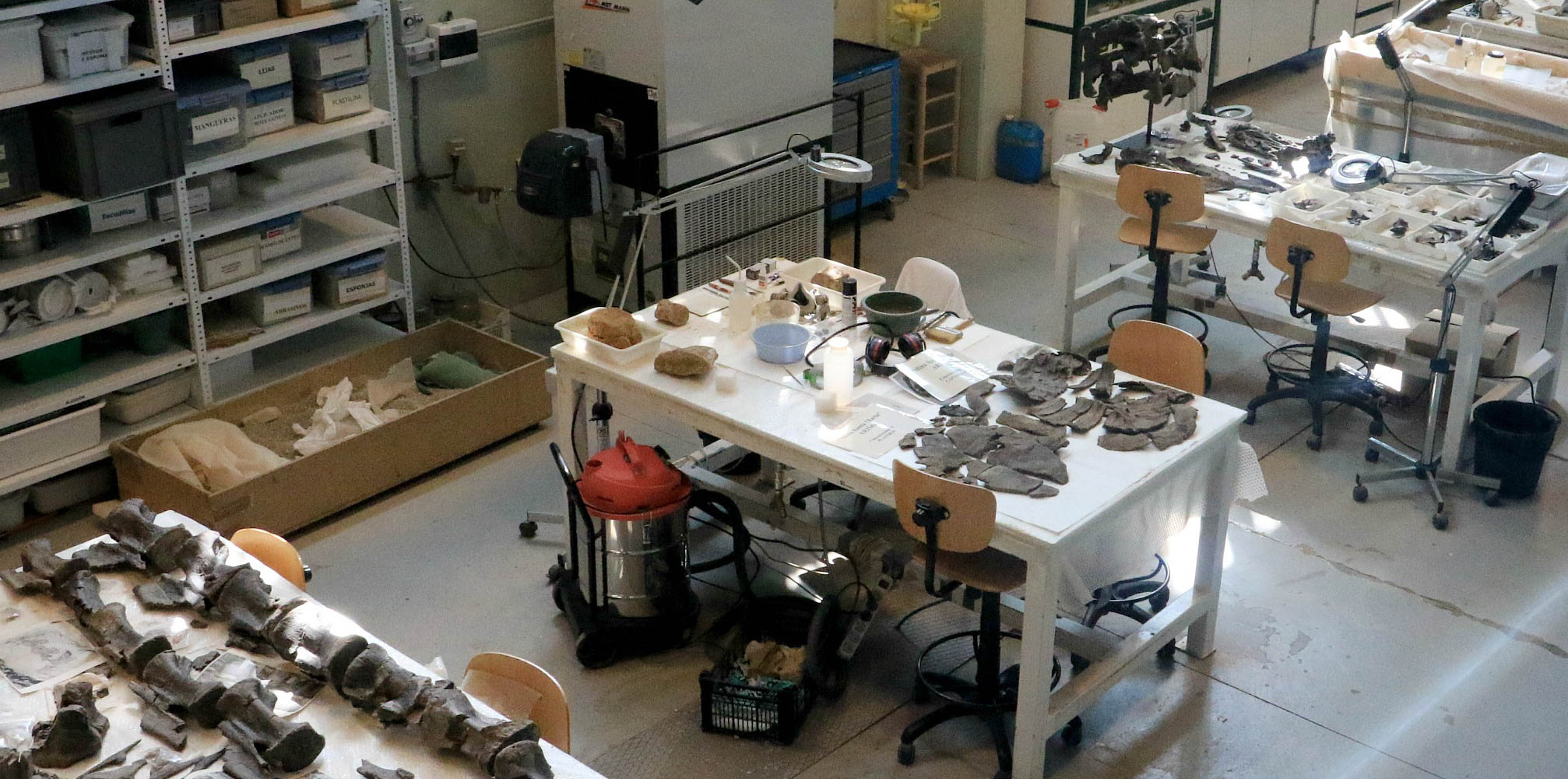
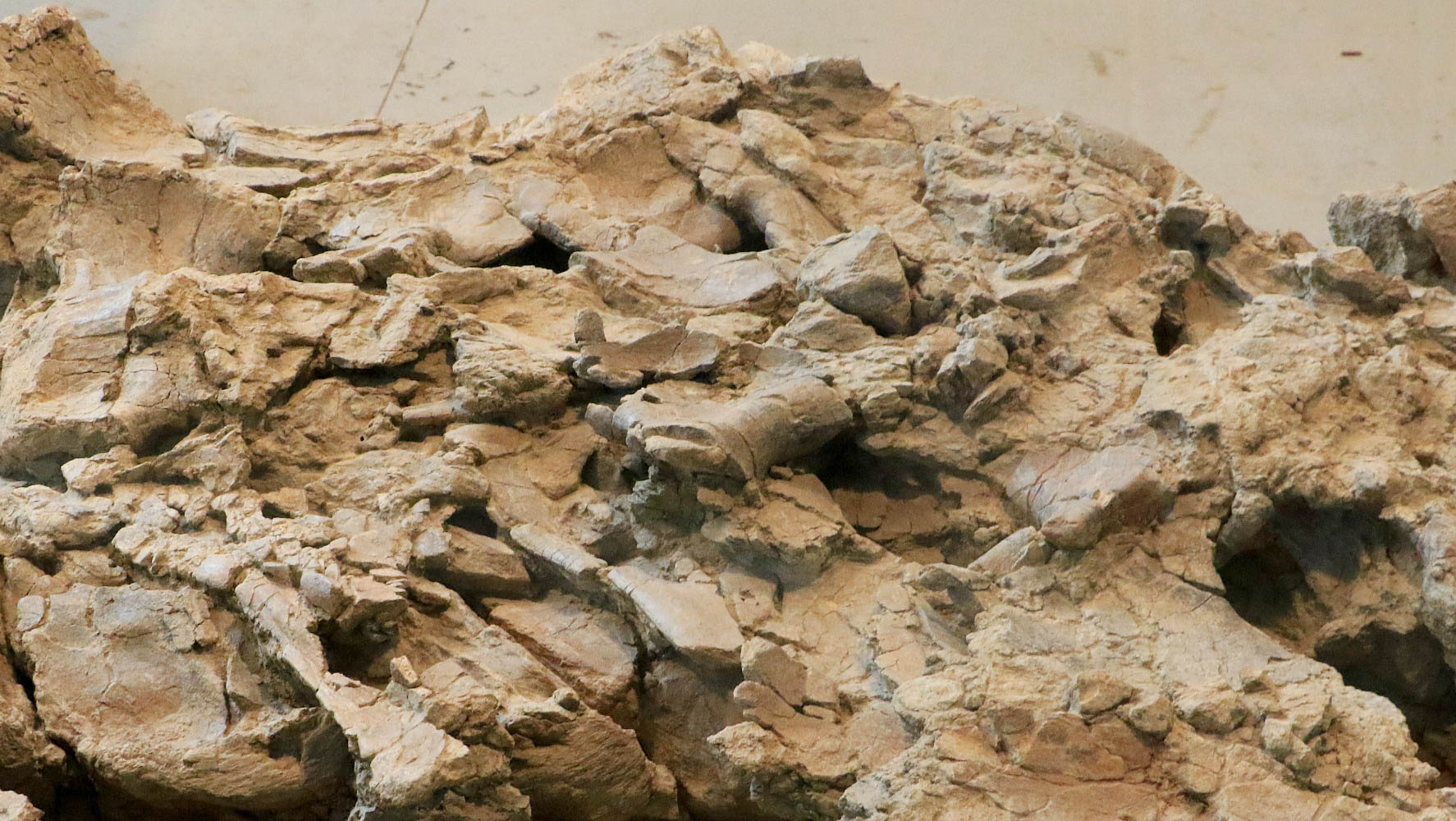
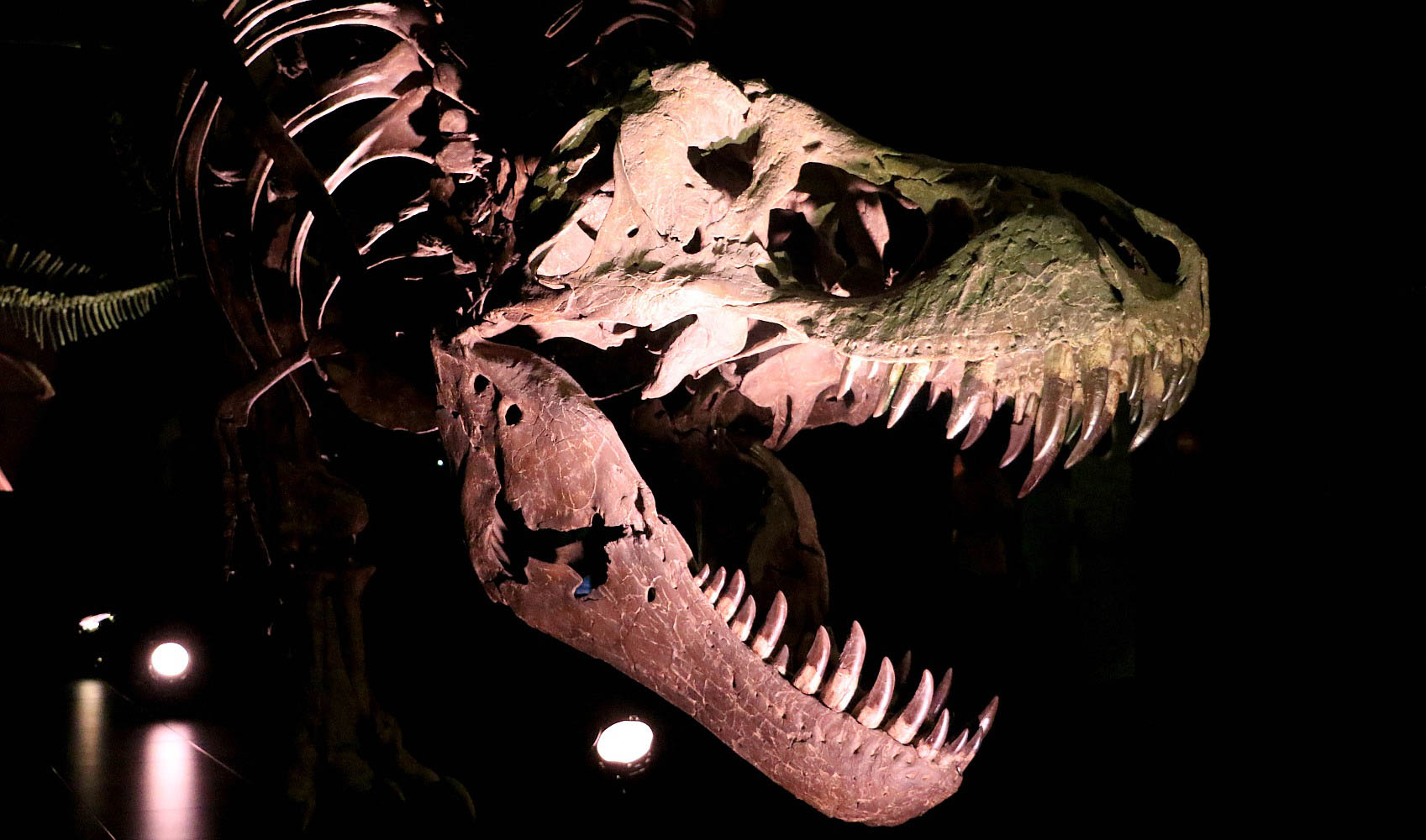
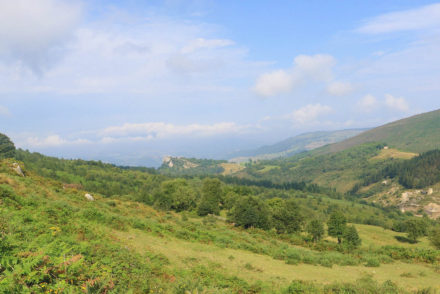
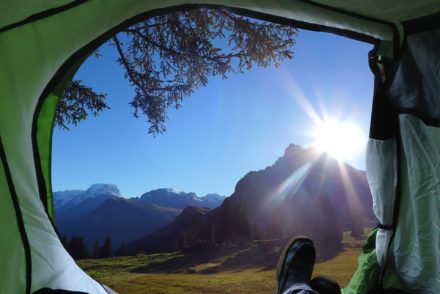
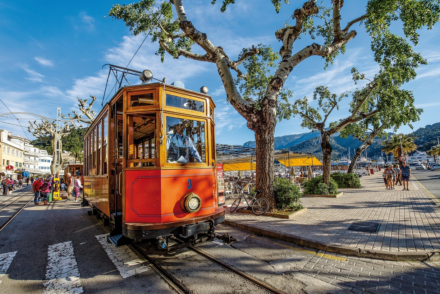
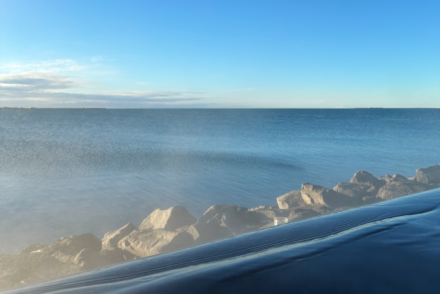
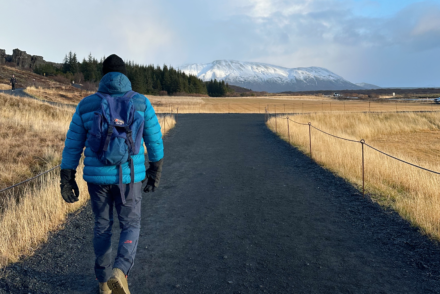
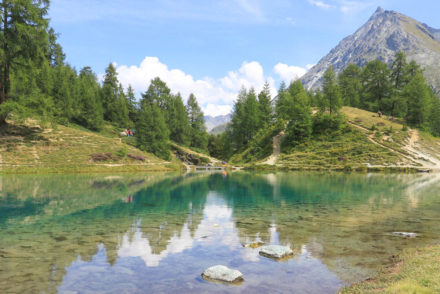
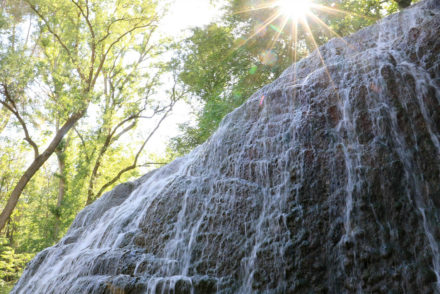
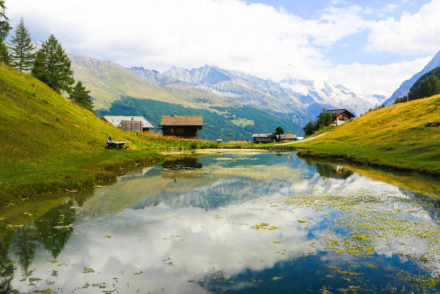
I really enjoyed reading this, Charly, and looking at all your beautiful pictures. Aragon is such a fascinating area of Spain to explore. We much prefer visiting places that combine stunning nature with interesting history and fun things to do like kayaking and whitewater rafting. It’s really lovely having you join us on #FarawayFiles
What a beautiful post, Charly. Your amazing pictures look as though they’ve really captured the beauty of the region. I’m so intrigued by the place. I’d love to visit Huesca while the film festival’s on. And as for the castle of Loarre – well, Ridley Scott certainly had some good location scouts! Thanks for linking up with #CulturedKids
Aragon looks amazing. I’ve always hankered after catching the ferry but seem to remember that it goes midweek or something along those line. Thank you for linking up to #CulturedKids
Amazing photos, where are all the people?! I’d love to explore more of Spain’s interior, it looks stunning, particularly Loarre Castle. #culturedkids
Wow! So many things that would definitely amaze any family. Thanks kindly for sharing with #FarawayFiles, Erin
Some great snaps – thank you for this guide! I especially love the old towns here and Loarre Castle with it’s location. Really seems like there is a great mix of old world culture and modern attraction which would be perfect for families.